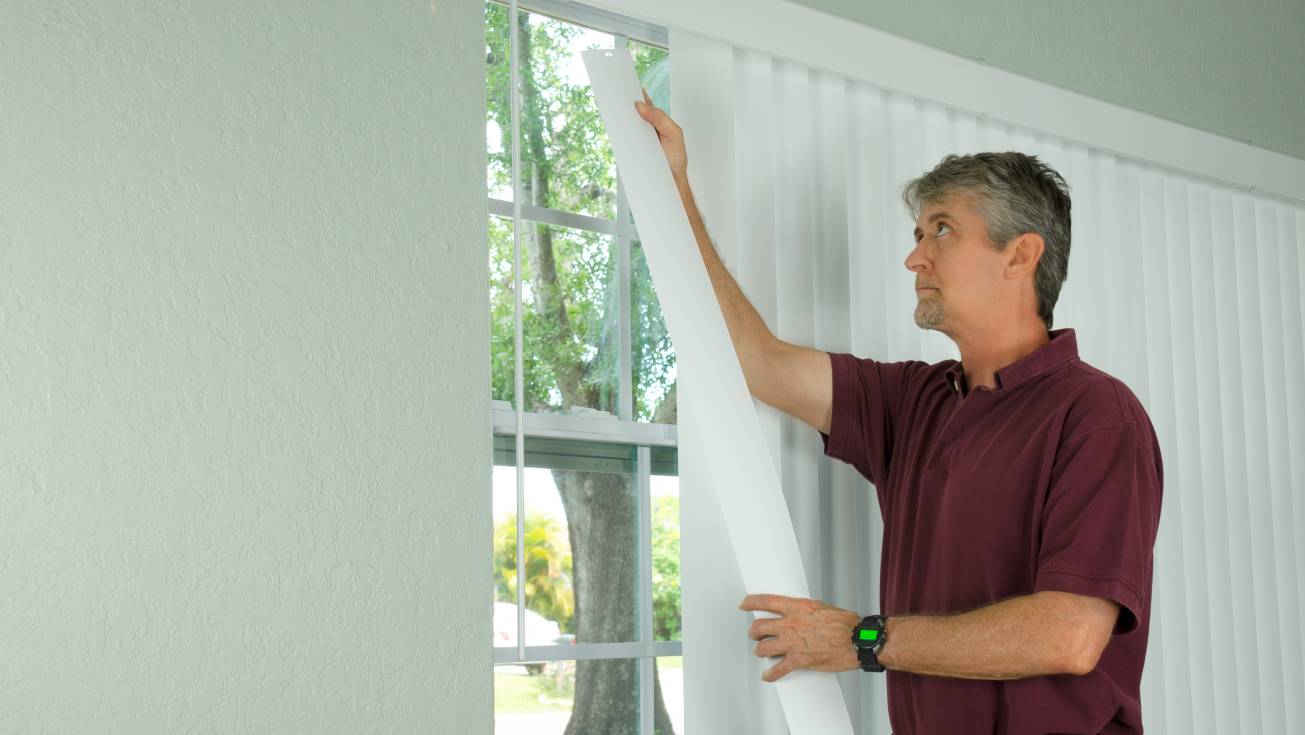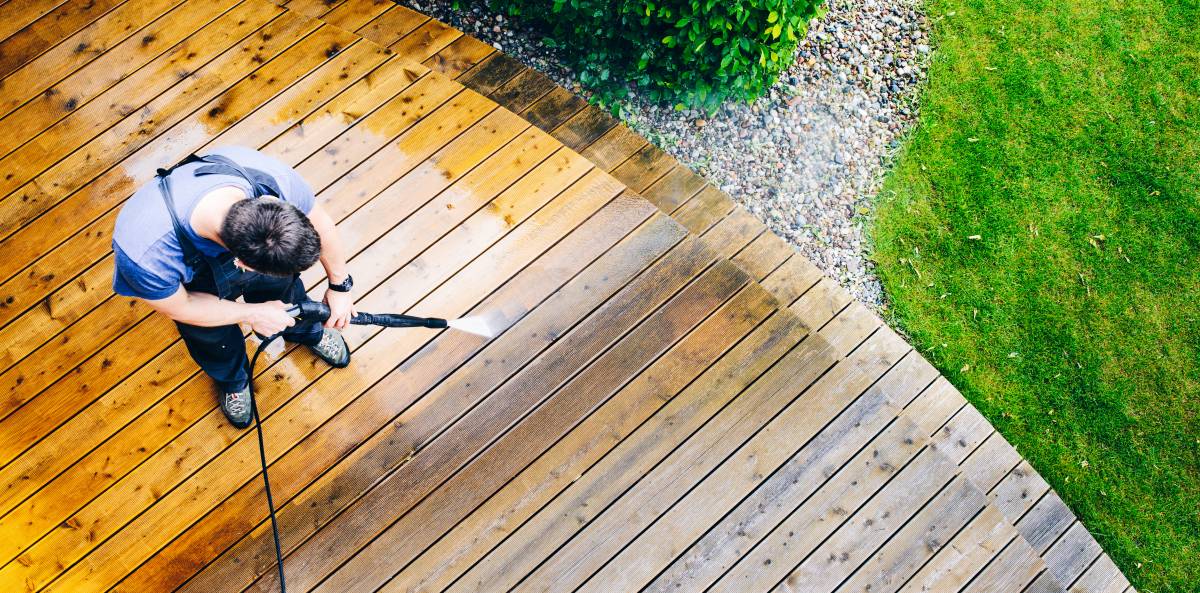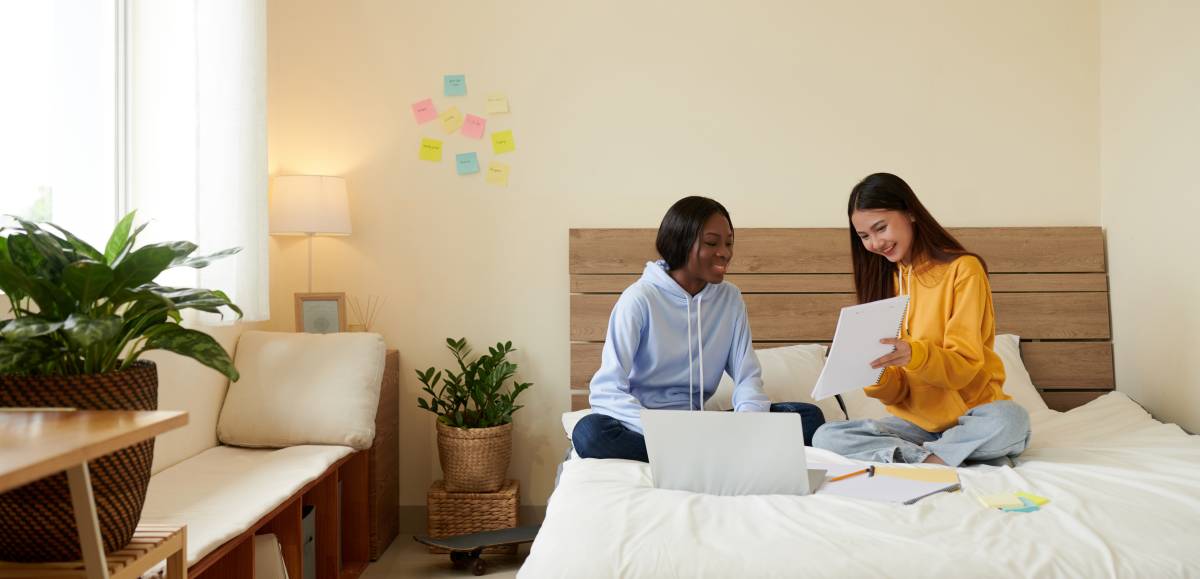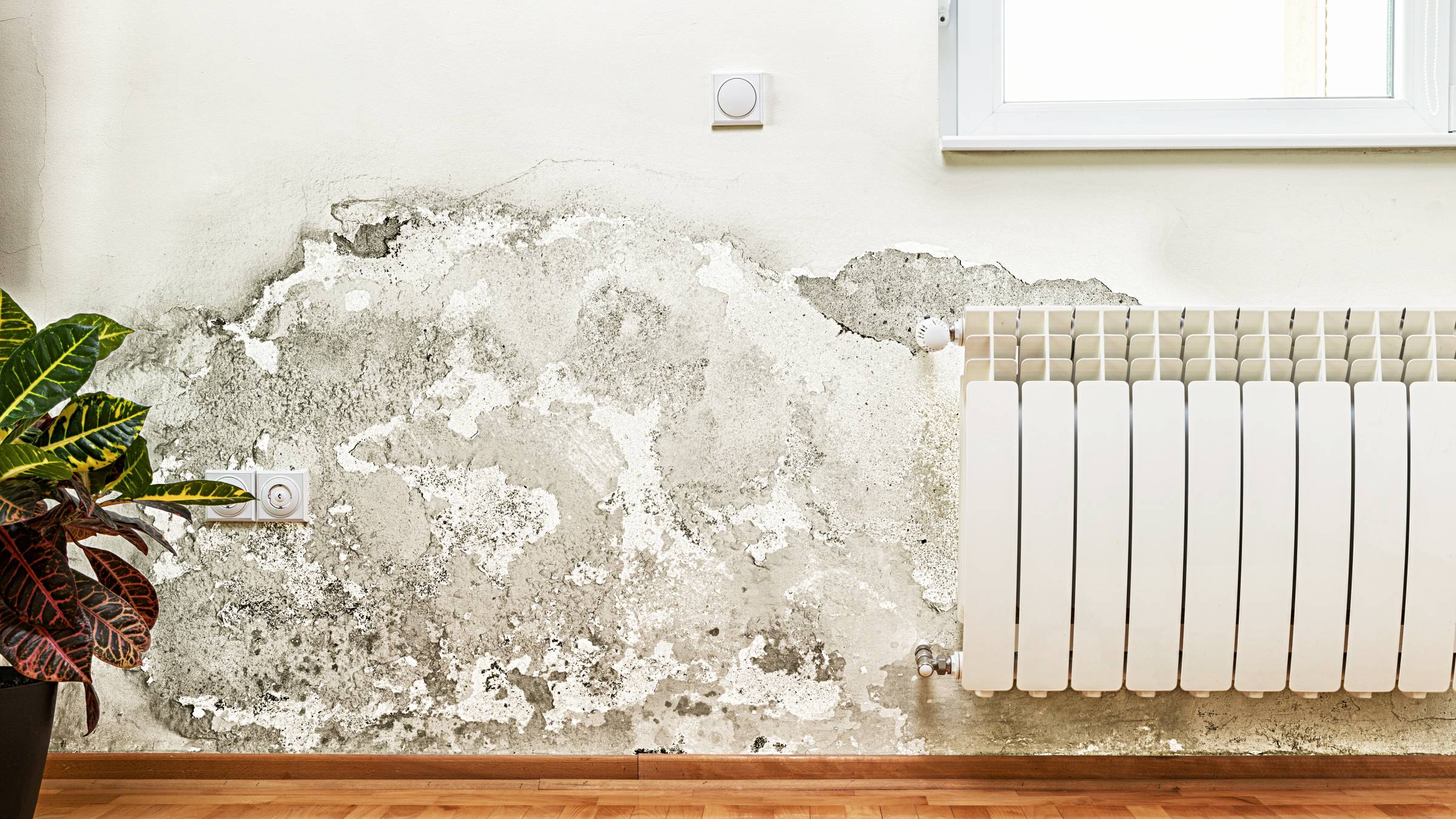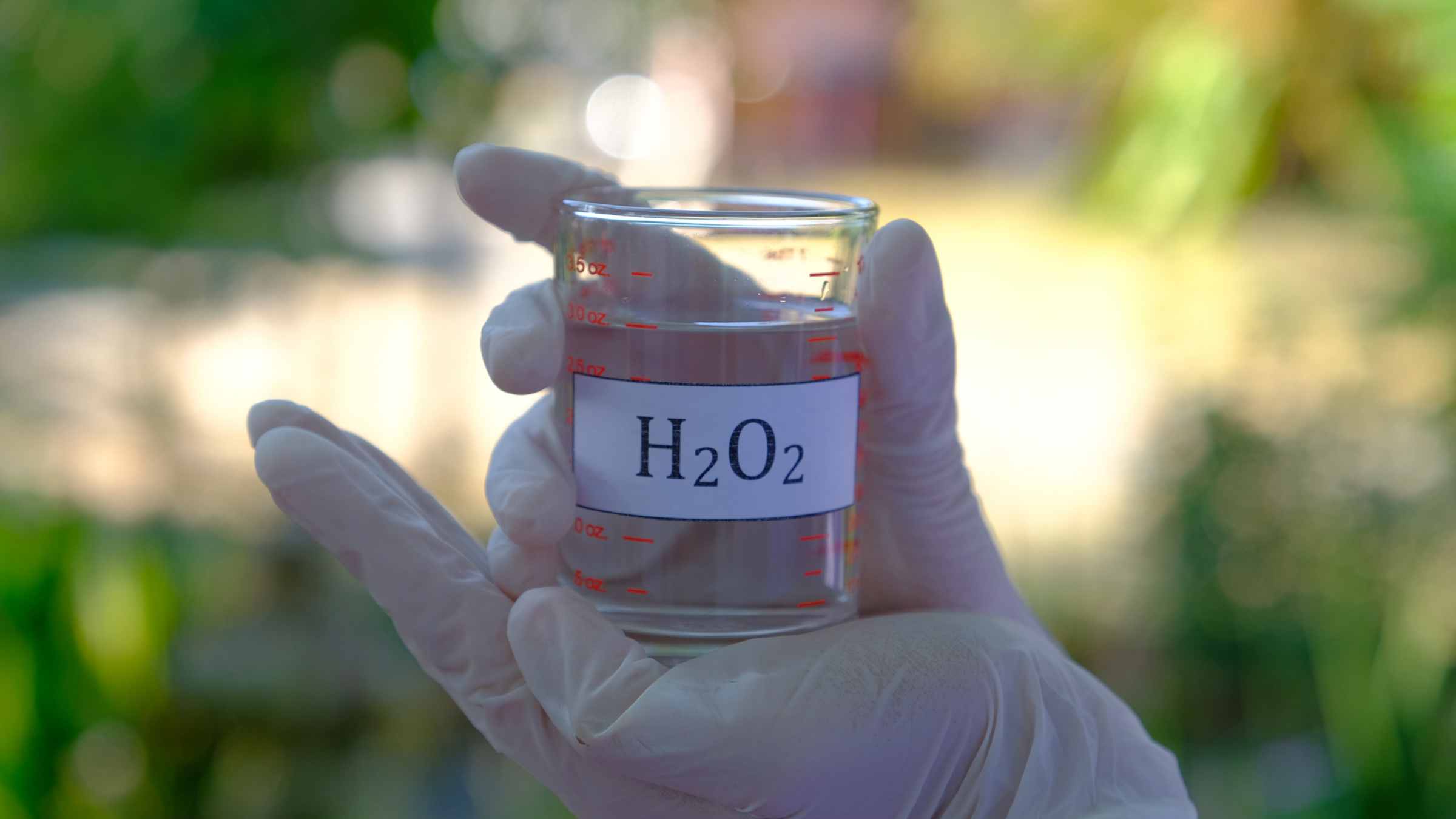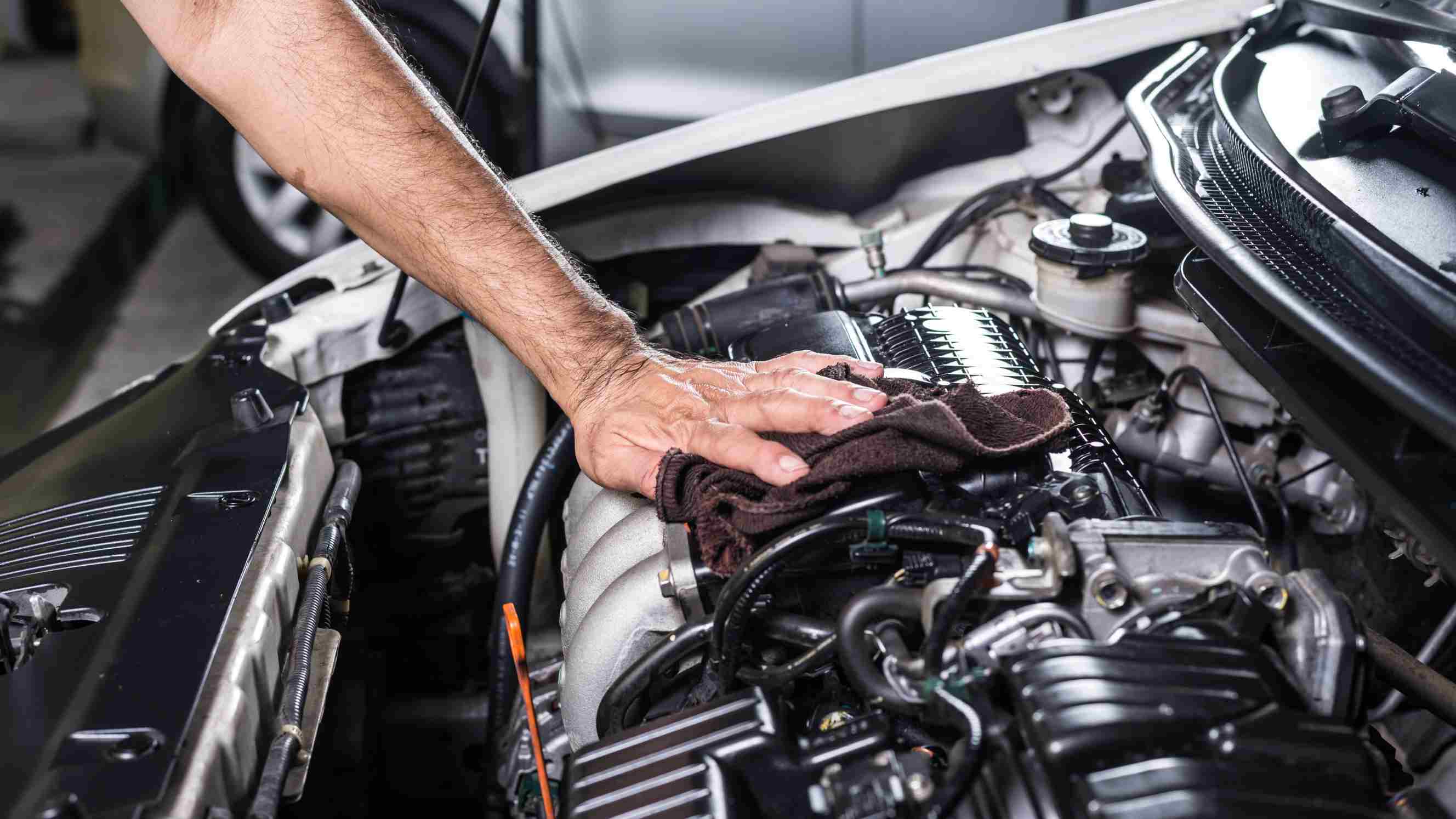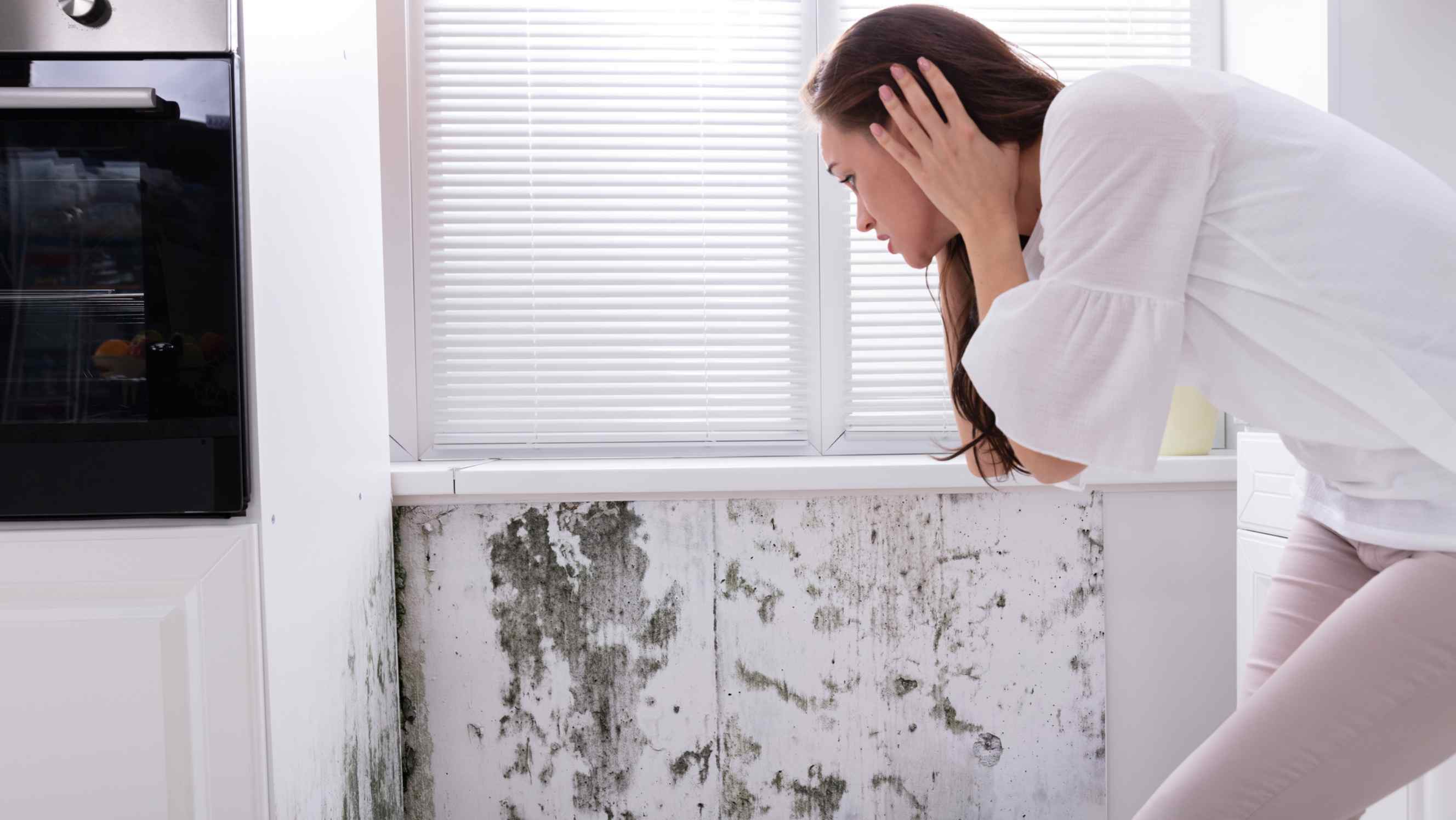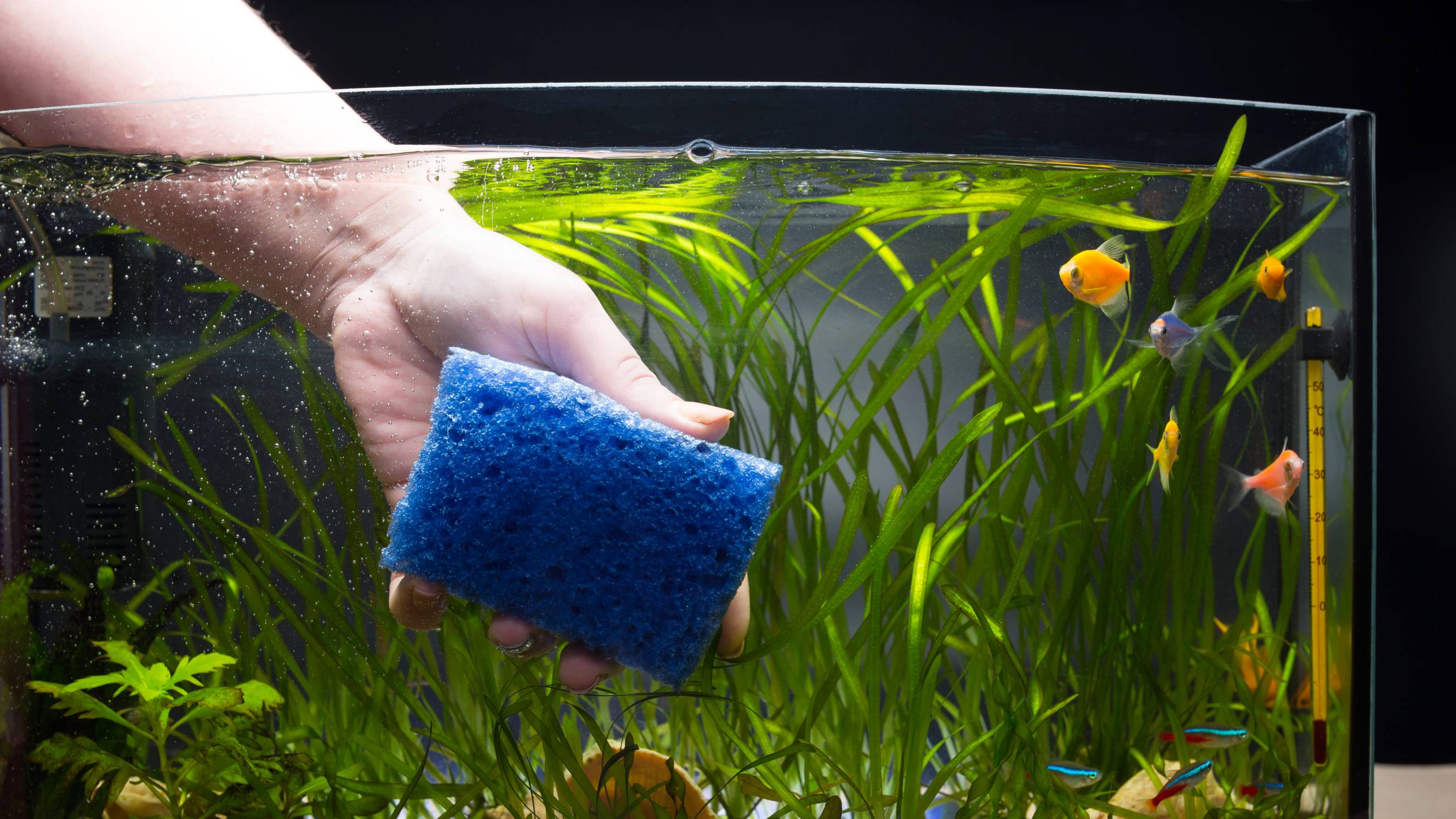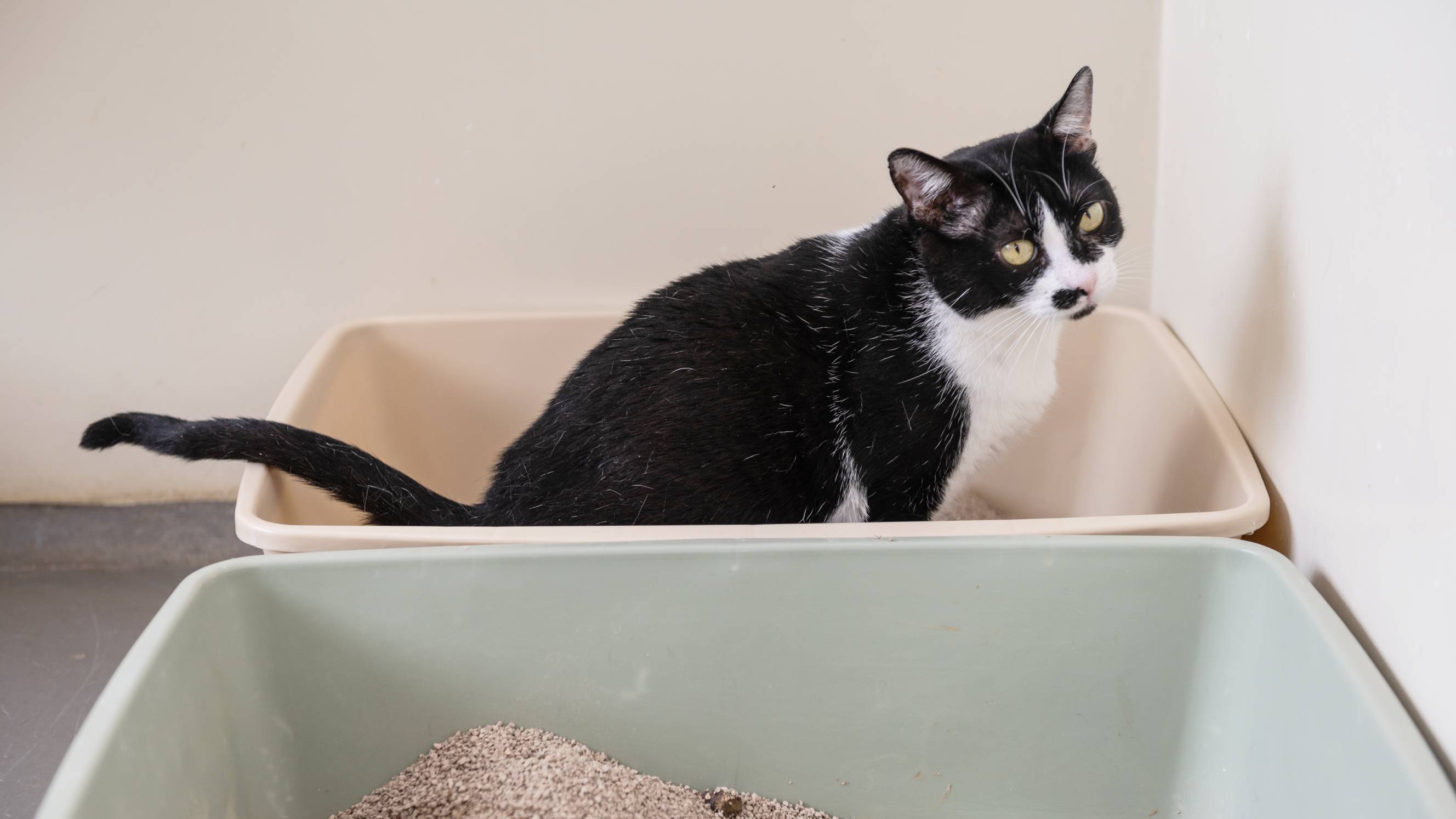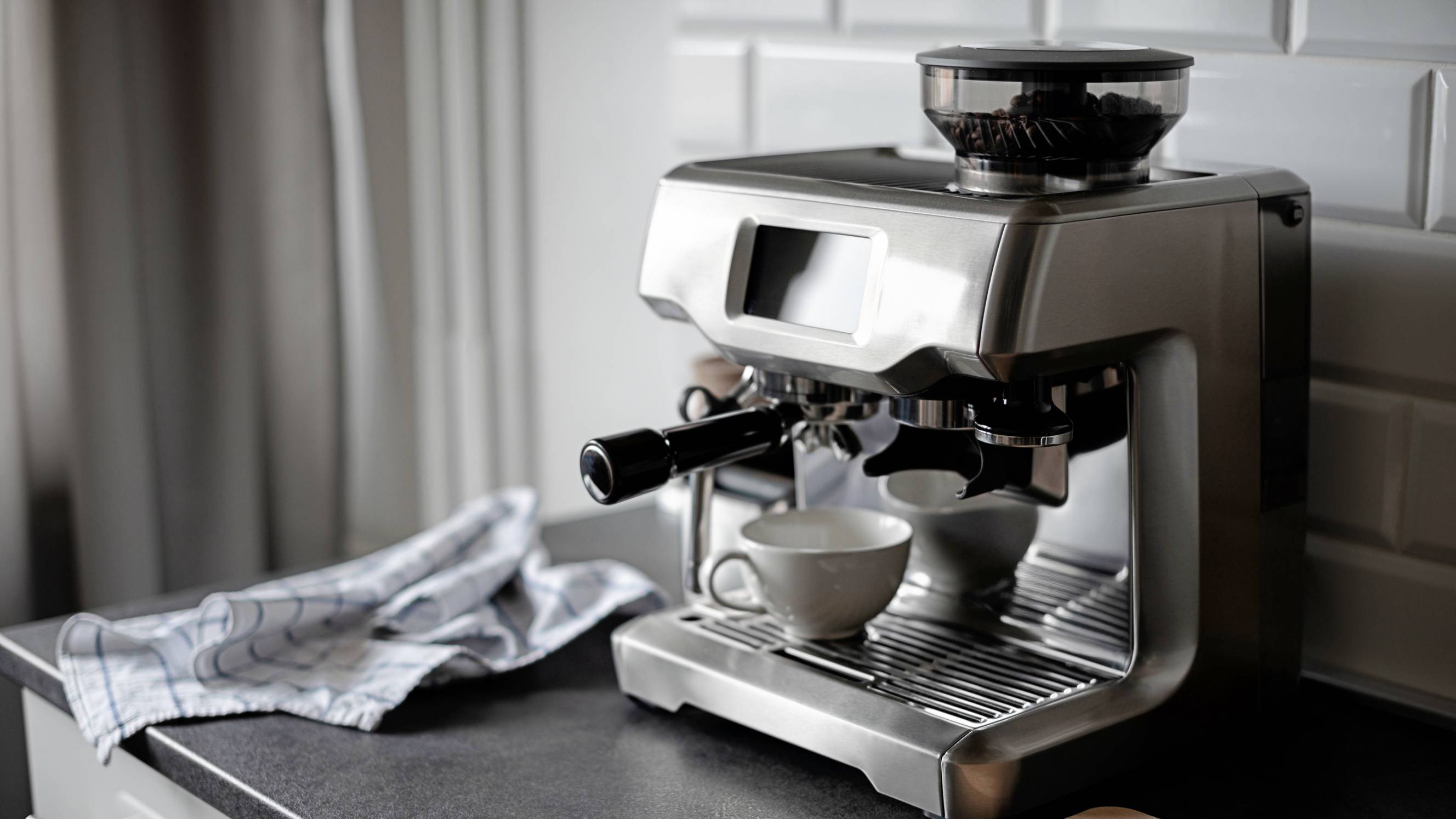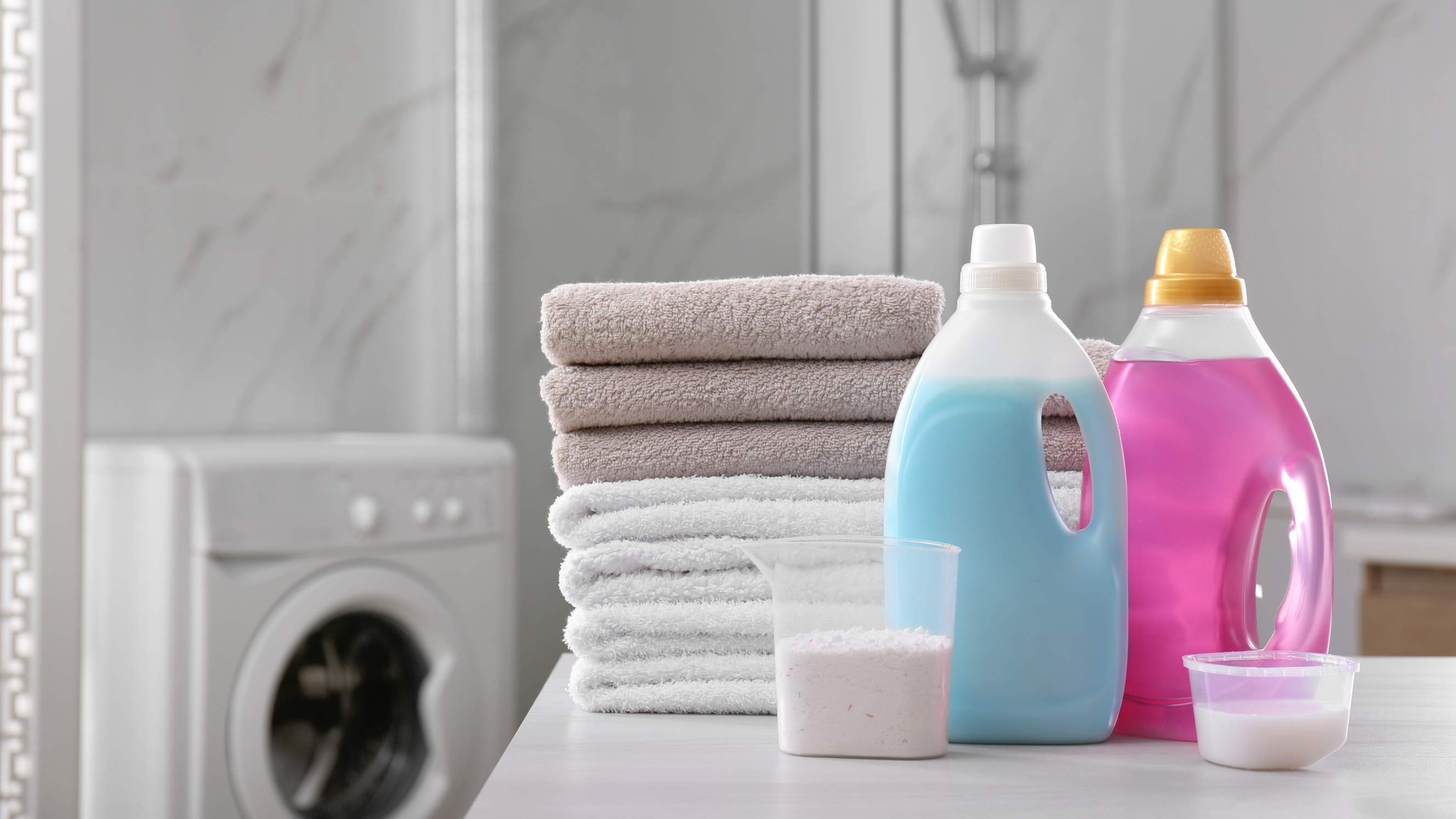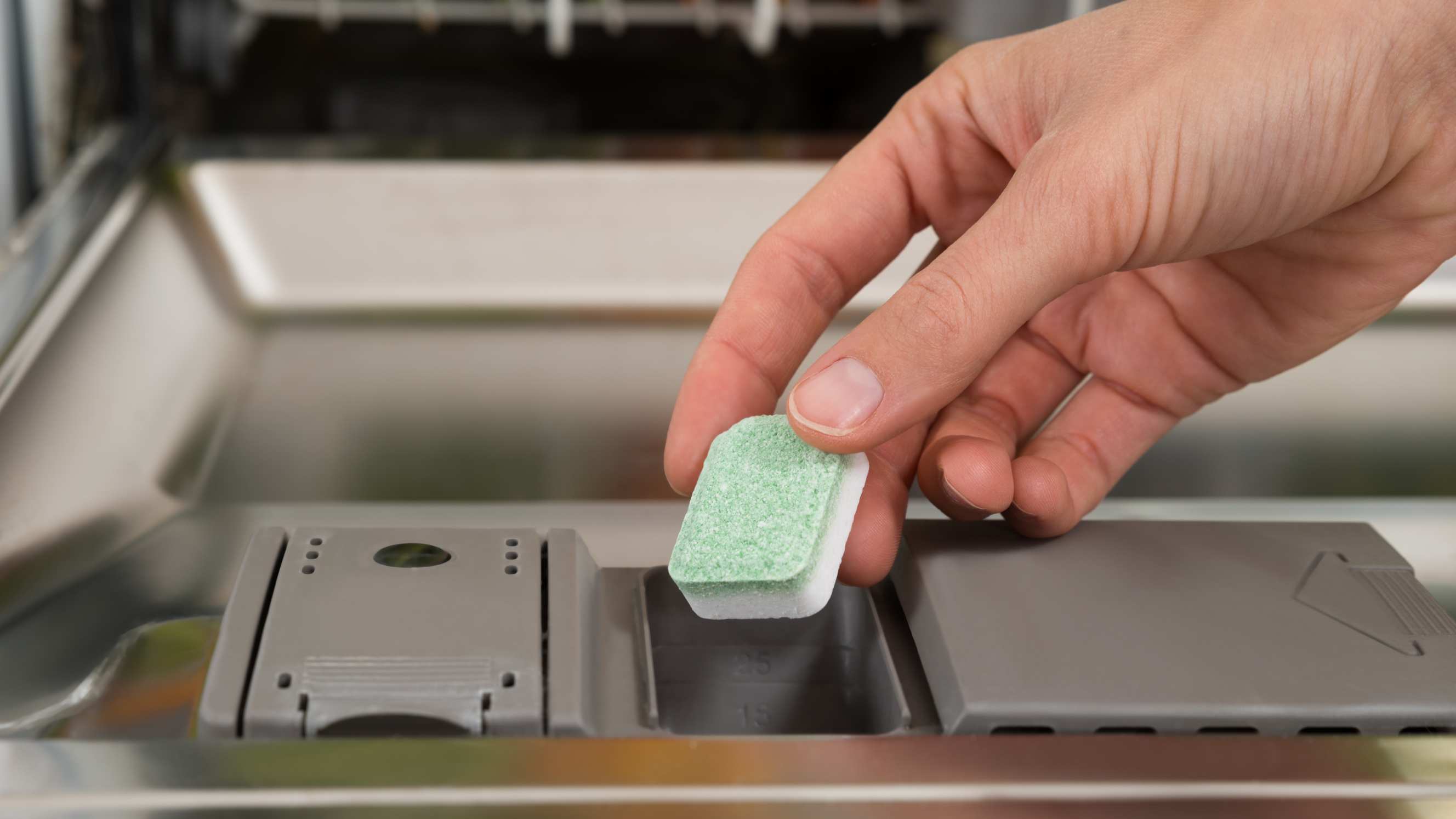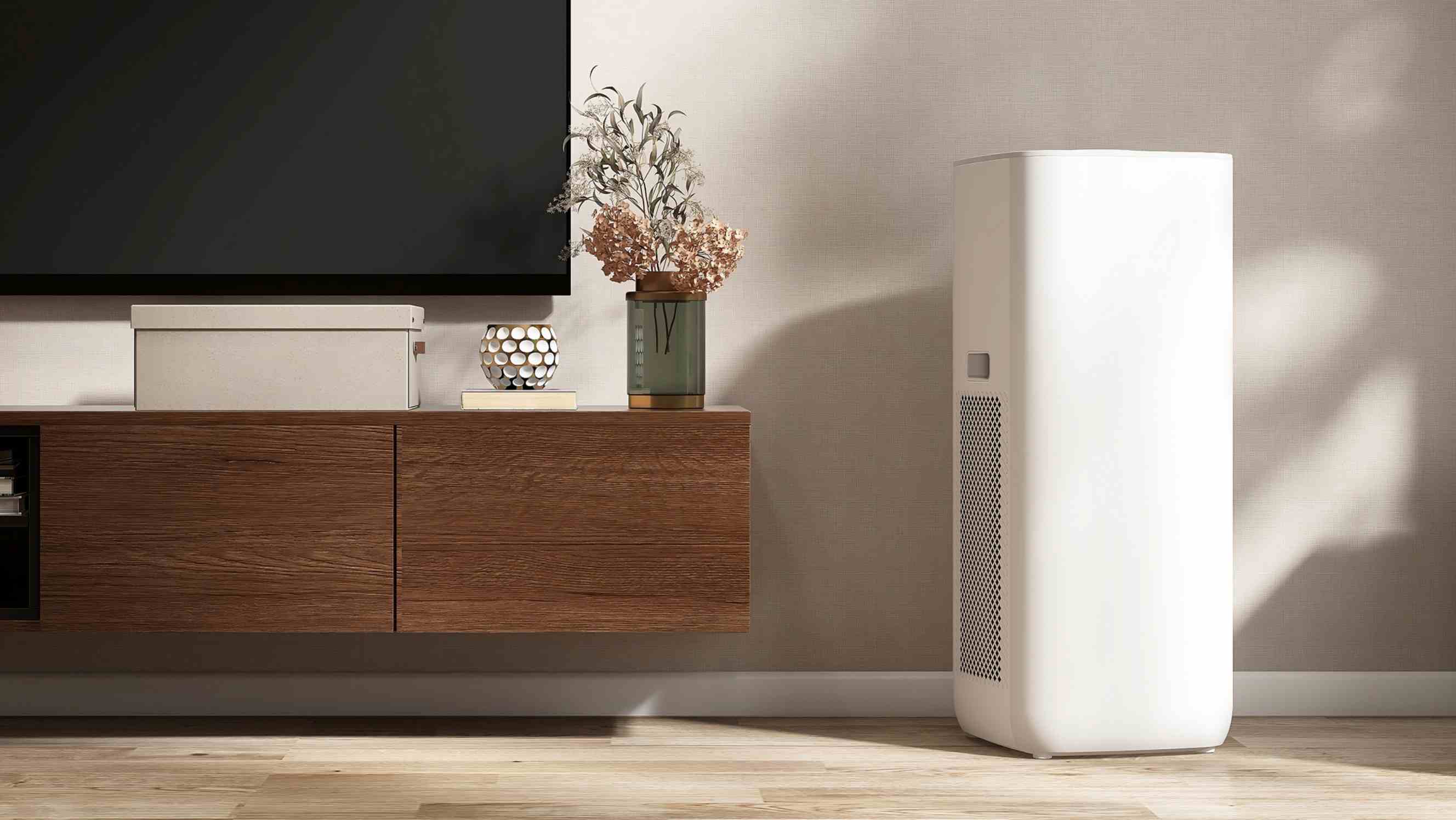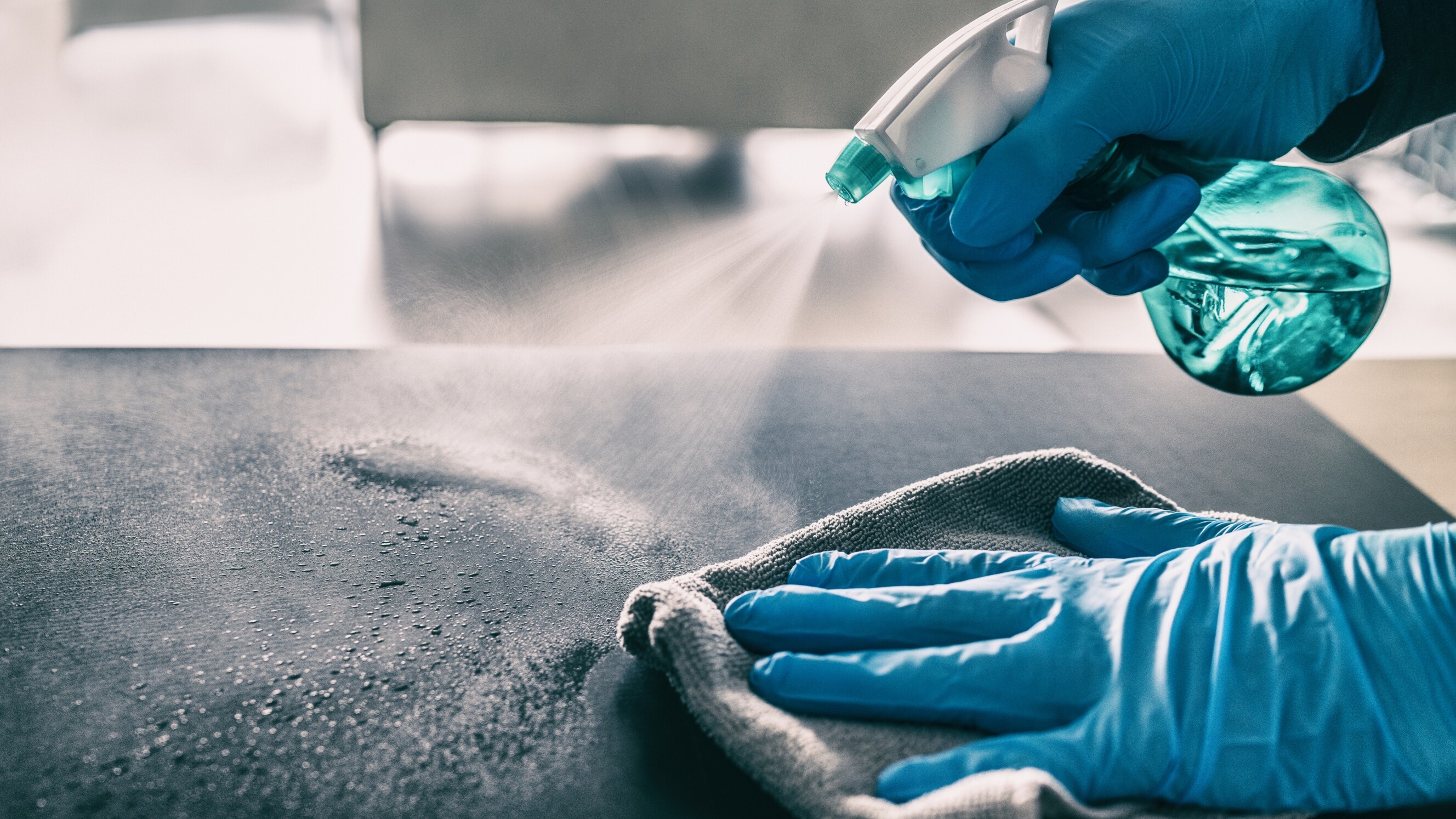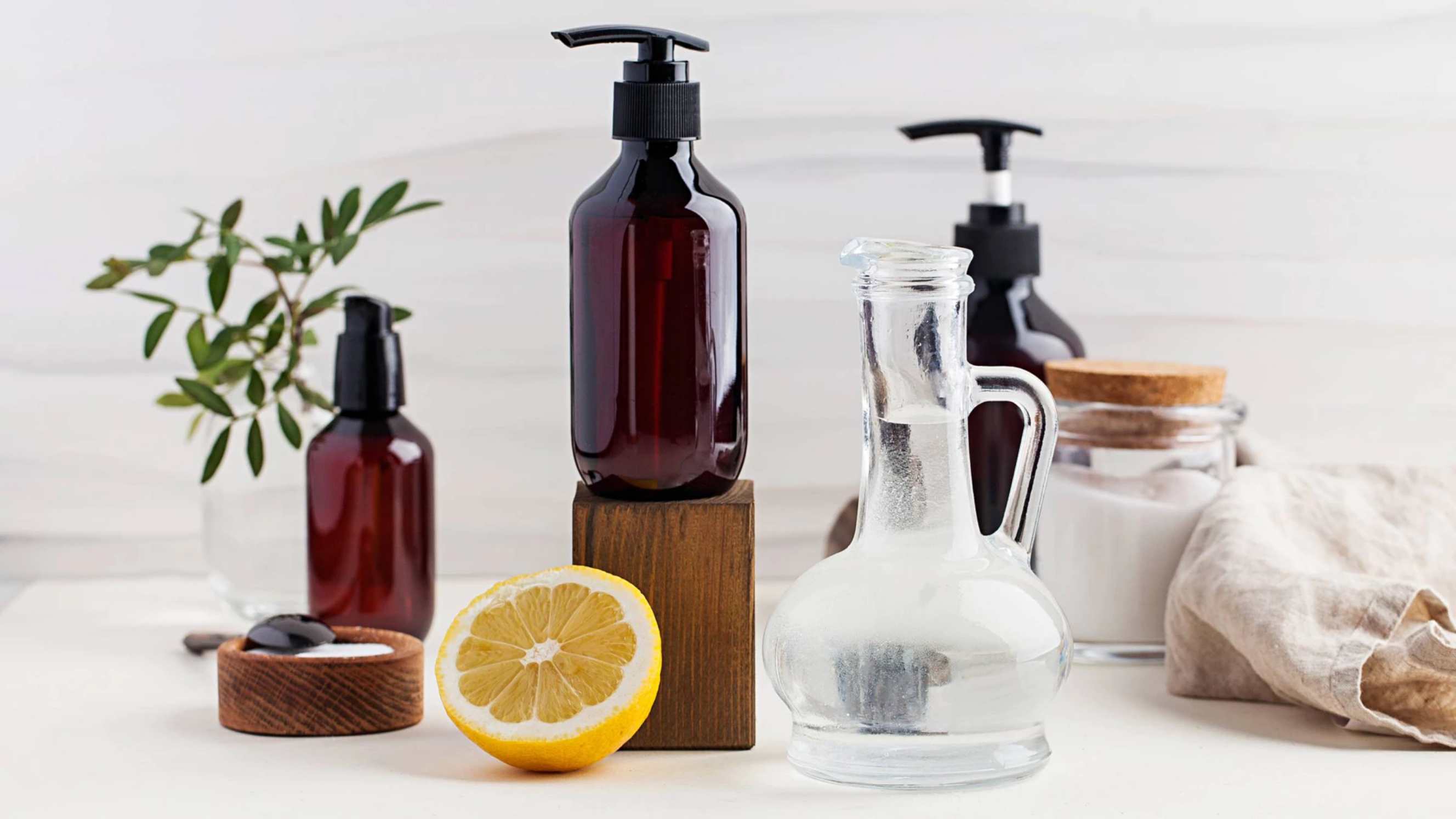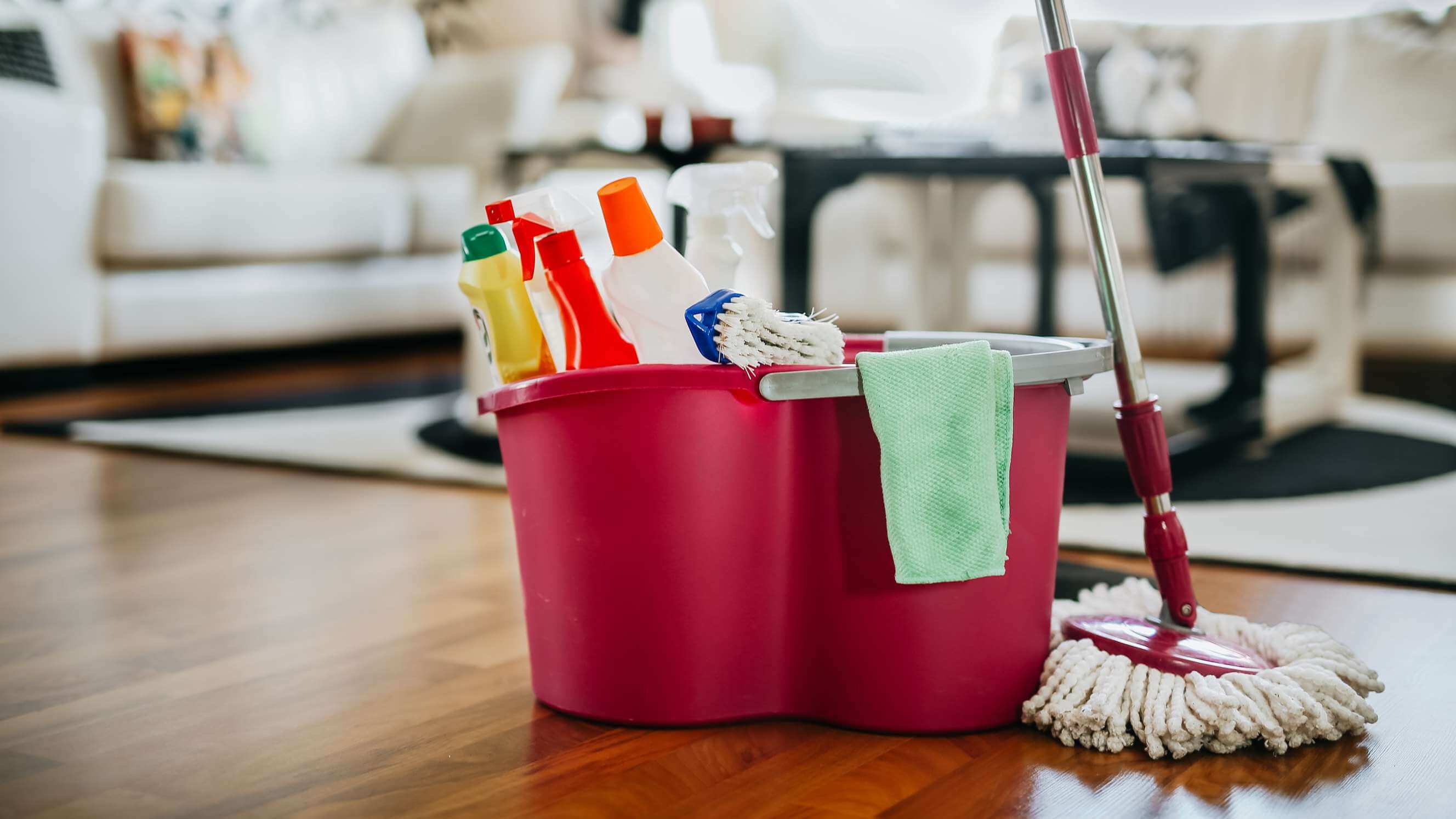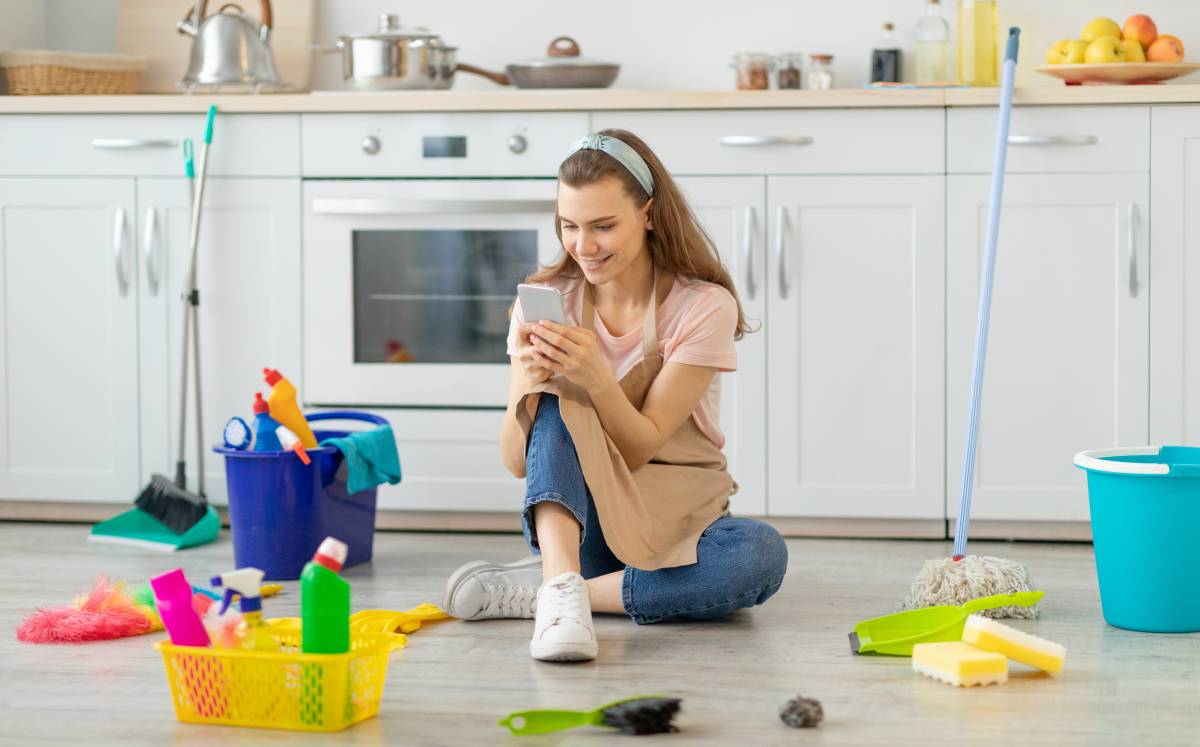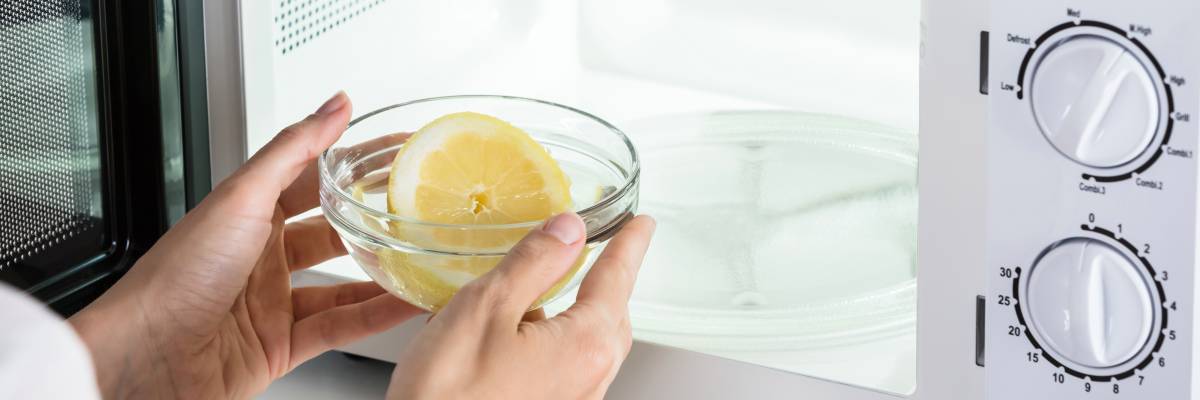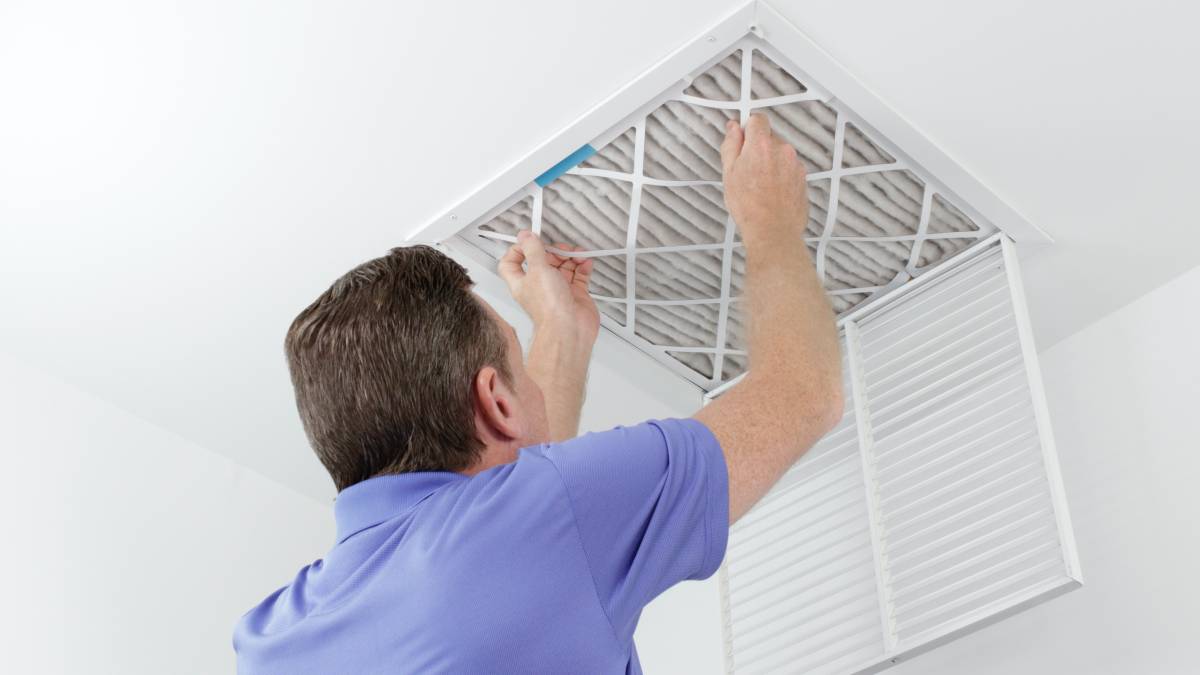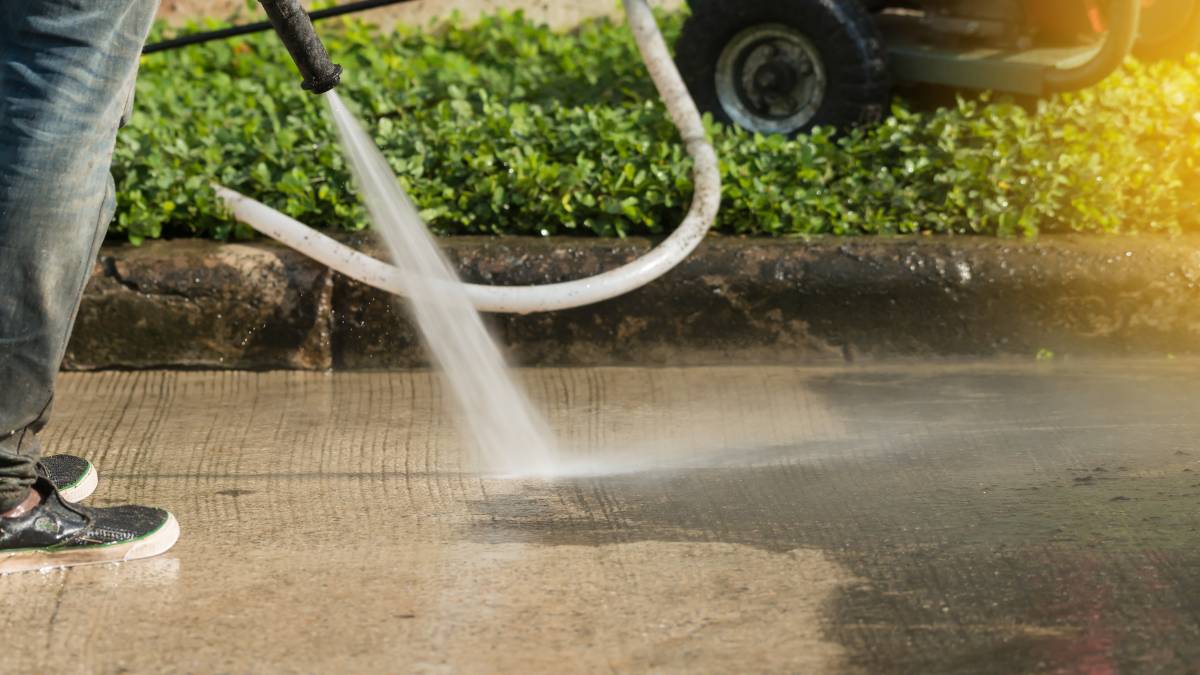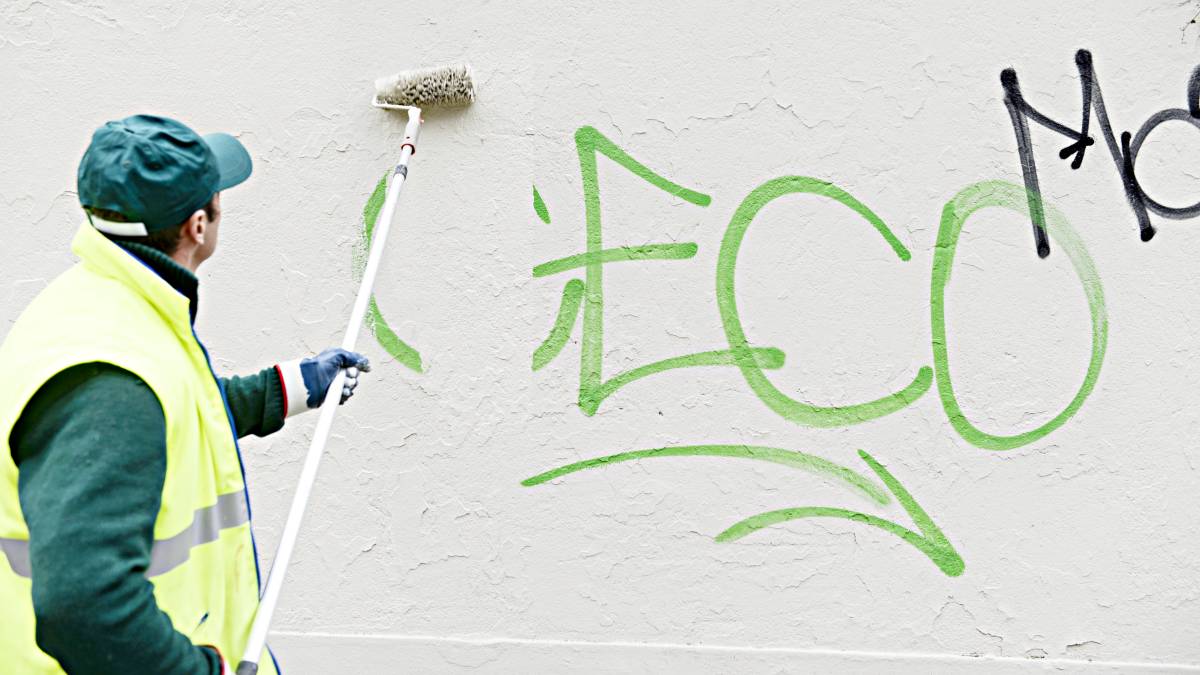- Home/
- Comparisons/
- Cleaning/
- White Wine Vinegar vs White Vinegar

White wine vinegar vs white vinegar: Which is more effective for cleaning?
Comparing white wine vinegar and white vinegar based on their acetic acid level, stain removal ability, and more.
Hire a cleaning expertLast Updated on
Key Facts
- White wine vinegar is made from fermenting white wine that has a mild acidity and fruity flavour. It’s useful for cooking and general cleaning tasks like removing light stains.
- White vinegar is made from fermented grain alcohol with a sharp, sour taste and smell. It’s also a potent natural cleaner due to its high acetic acid content.
 When it comes to the kinds of vinegar, one of the most confusing comparisons would be white wine vinegar vs white vinegar for cleaning. Aside from having similar names, both appear identical since they are clear liquids. Without carefully inspecting the labels, you may mistakenly grab one when you meant to use the other.
When it comes to the kinds of vinegar, one of the most confusing comparisons would be white wine vinegar vs white vinegar for cleaning. Aside from having similar names, both appear identical since they are clear liquids. Without carefully inspecting the labels, you may mistakenly grab one when you meant to use the other.
So, is white vinegar the same as white wine vinegar? Keep reading to discover how these vinegar cleaners differ in acid levels and cleaning purposes in this guide.
What is white wine vinegar?
White wine vinegar is produced by converting white wine into vinegar through acetic fermentation. This process involves turning the lactobacillus bacteria in wines into acetic acid, giving white wine vinegar mild acidity and a light fruity flavour. Compared to white vinegar, white wine vinegar has a milder, less pungent smell.
Although commonly used in culinary applications such as salad dressings, sauces, and marinades, white wine vinegar is also an effective household cleaner for sanitising windows and removing light stains.
What is white vinegar?
White vinegar, on the other hand, is made through fermentation, breaking down grain alcohol or ethanol to produce acetic acid. This acid is responsible for white vinegar’s sharp and strong sour taste and smell.
You can use white vinegar to make pickled vegetables and cook a wide range of dishes to add flavour and tanginess. Aside from cooking, white vinegar is also a powerful cleaning agent with antimicrobial properties due to having a high acetic acid content.
White vinegar vs white wine vinegar for cleaning: Which is more effective?
Discover more about the differences between white vinegar and white wine vinegar as we explore their unique characteristics in various factors.
In terms of acetic acid level
 White vinegar has an acetic acid level of up to 10%. This is higher than white wine vinegar’s average acetic acid level, which ranges from 5 - 7%.
White vinegar has an acetic acid level of up to 10%. This is higher than white wine vinegar’s average acetic acid level, which ranges from 5 - 7%.
With higher acetic acid content, white vinegar has potent antimicrobial properties that can kill bacteria, mould, and germs. This is why many expert home cleaners prefer to use white vinegar as an alternative to traditional chemical bleach to remove grime and tough stains.
Although white wine vinegar has lower acetic acid content than white vinegar, you can still use it for general cleaning tasks such as wiping and deodorising surfaces. In addition, it has a gentler formula, so it is ideal for cleaning delicate surfaces.
In terms of scent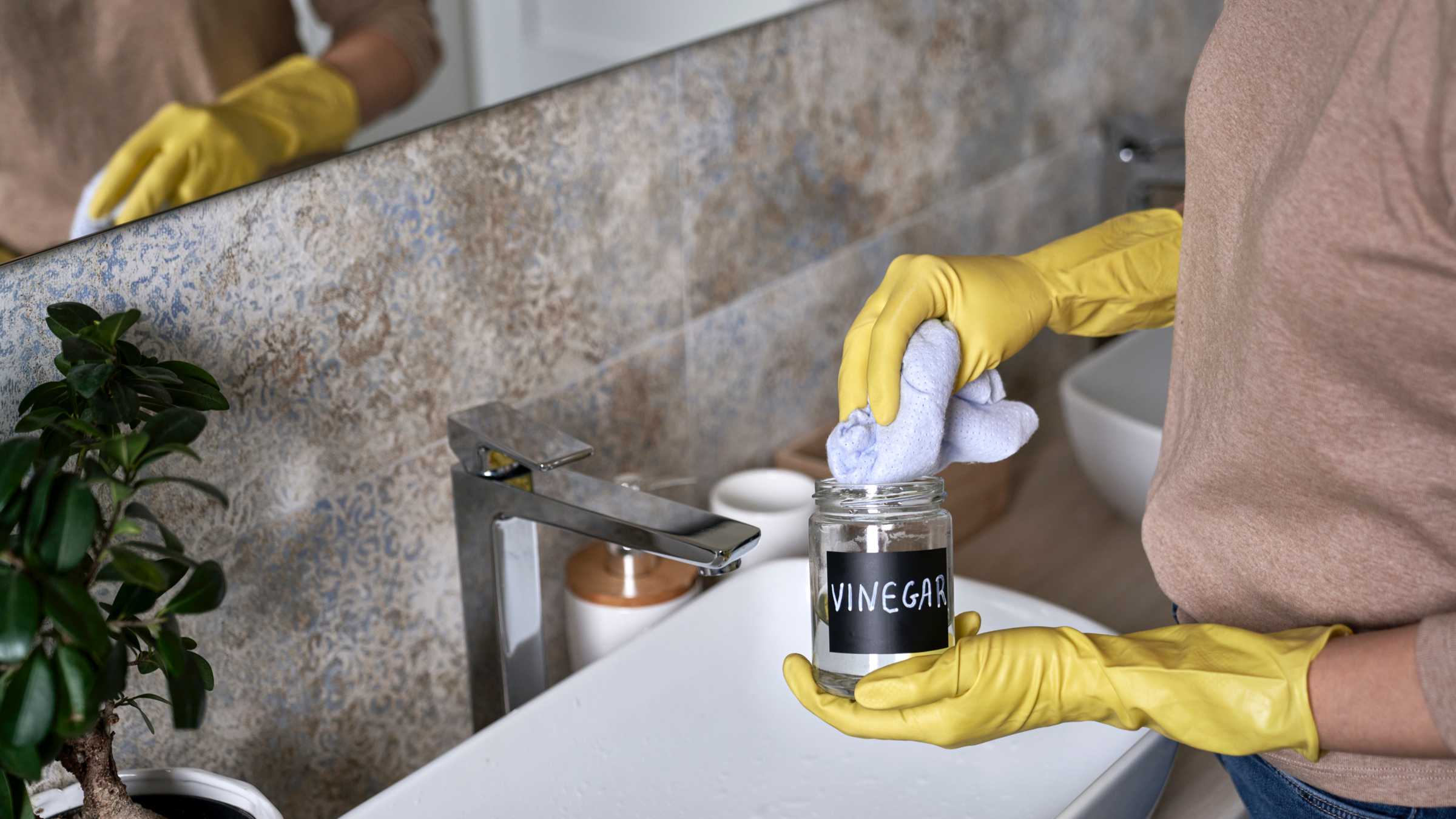
White vinegar has a sharp and overpowering sour smell due to its high acetic acid content. For this reason, it’s not recommended to use it for cleaning surfaces in enclosed spaces. It also leaves an acidic residue, so the pungent smell lingers on surfaces upon application.
White wine vinegar is a better cleaning option if white vinegar’s strong, sour smell bothers you. Since it originated from wine, it has a mildly acidic and fruity scent that can help neutralise odours in bathrooms and kitchens.
You can also use white wine vinegar when cleaning ovens, microwaves, and other food appliances to remove chemical odours and unpleasant burnt smells.
In terms of appearance
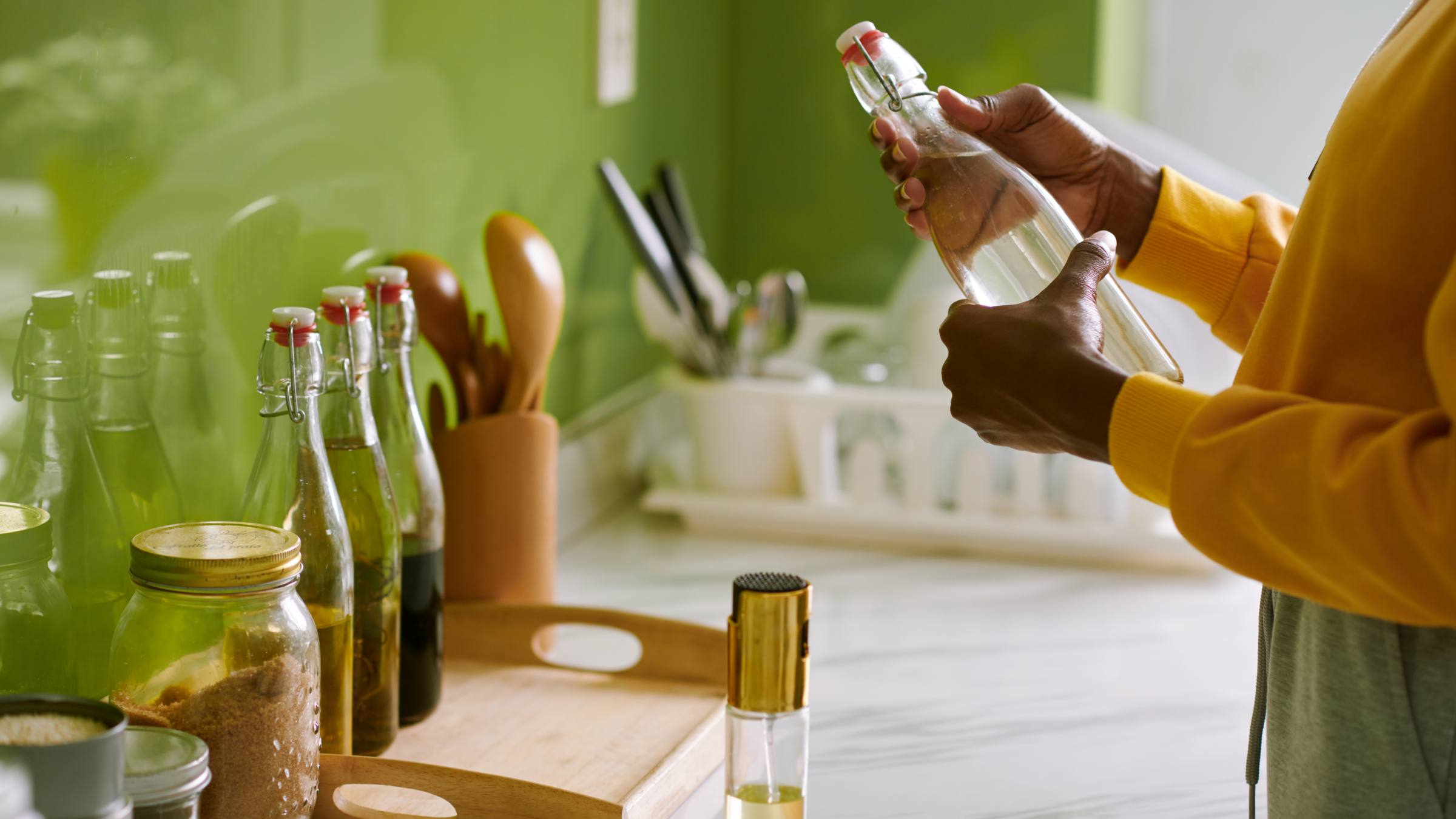 It’s easier to distinguish white vinegar from other kinds of vinegar, such as rice vinegar, apple cider vinegar, and red wine vinegar, because each has a distinct colour. However, telling the difference between white vinegar and white wine vinegar is not as simple.
It’s easier to distinguish white vinegar from other kinds of vinegar, such as rice vinegar, apple cider vinegar, and red wine vinegar, because each has a distinct colour. However, telling the difference between white vinegar and white wine vinegar is not as simple.
Both look similar at first glance, but white vinegar appears clearer and more transparent upon closer inspection. It looks almost like water because white vinegar undergoes a distillation process, removing its impurities and colour.
On the other hand, white wine vinegar appears cloudy with a slightly yellow or off-white hue. This happens because it contains resveratrol and tannins, which are derived from the seeds and stems of grapes used to make wine.
Moreover, compared to white vinegar, white wine vinegar has minimal processing. This is why you’ll notice that the latter appears more opaque.
In terms of stain removal
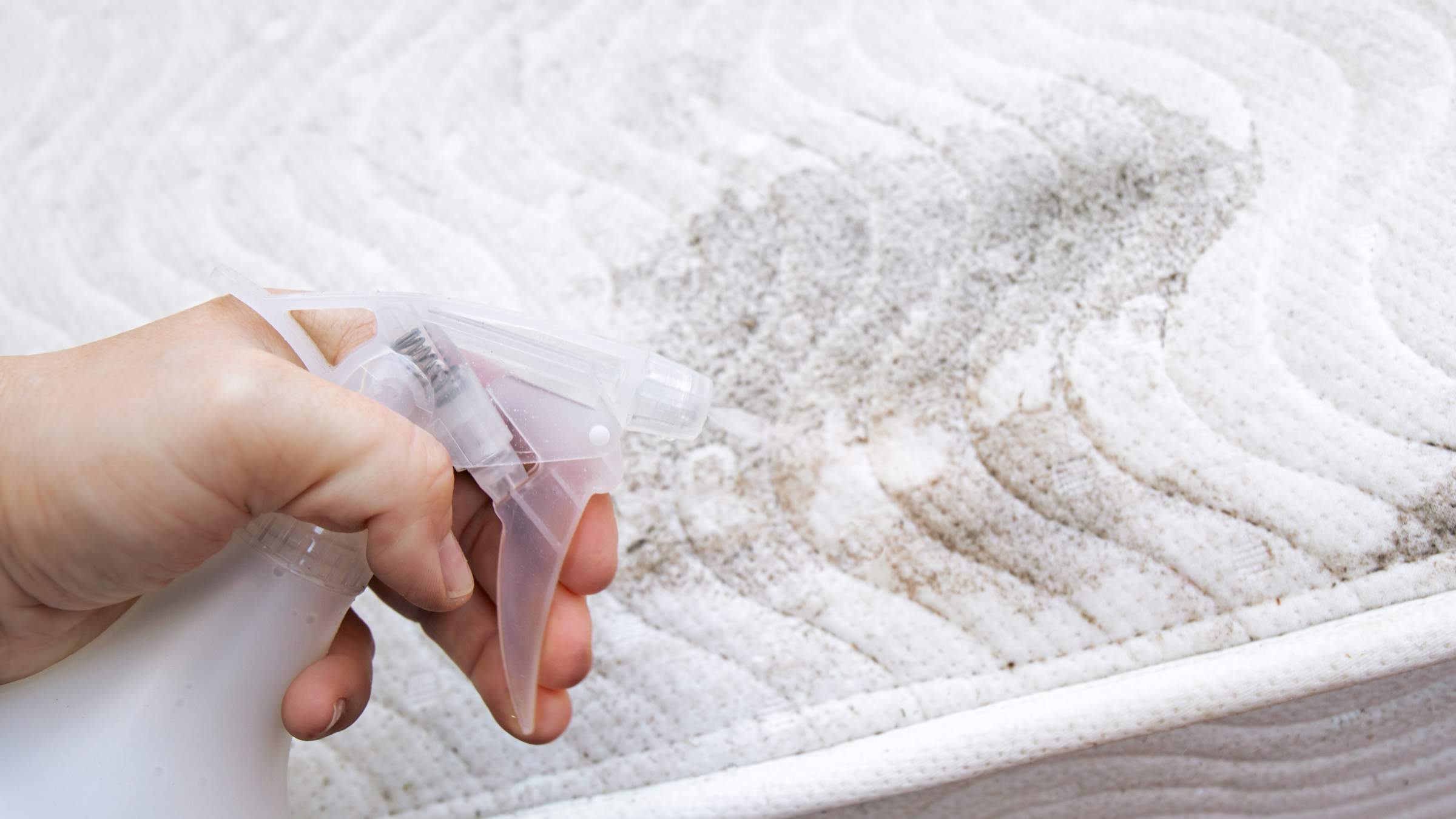 The effectiveness of white wine vinegar and white vinegar in removing stains also depends on their acetic acid levels. Since white vinegar has a higher acid content, it is more effective in getting rid of stubborn stains in white clothes. This includes unsightly yellow stains and underarm perspiration stains.
The effectiveness of white wine vinegar and white vinegar in removing stains also depends on their acetic acid levels. Since white vinegar has a higher acid content, it is more effective in getting rid of stubborn stains in white clothes. This includes unsightly yellow stains and underarm perspiration stains.
White vinegar is also a potent natural cleaner to help remove mould and mildew surface stains. You can even mix it with baking soda for added scrubbing power.
Meanwhile, white wine vinegar is less effective than white vinegar due to its lower acid level. Although, it’s still a good non-toxic cleaner to remove light stains and neutralise odours.
In terms of surface compatibility
 Both cleaners are safe to use on most surfaces, like glass windows and tiled floors, but with some exceptions.
Both cleaners are safe to use on most surfaces, like glass windows and tiled floors, but with some exceptions.
White vinegar is an ideal cleaner for bathroom surfaces. Its high acetic acid content can dissolve gunk and grime on floors and walls. Moreover, it can eliminate thick calcium deposit build-up in water heaters, coffee makers, and dishwashers.
Conversely, you can use white wine vinegar for cleaning worktops, cutting boards and other surfaces that come in contact with food. Since it is milder, it can cut through grease and grime without damaging surfaces.
However, using both cleaners to sanitise floors and walls made of hardwood and natural stone is not recommended. Both contain acetic acid, so they may leave etch marks, causing permanent damage. To be sure, consider letting expert domestic cleaners handle hardwood and natural stone surfaces.
In terms of availability and cost
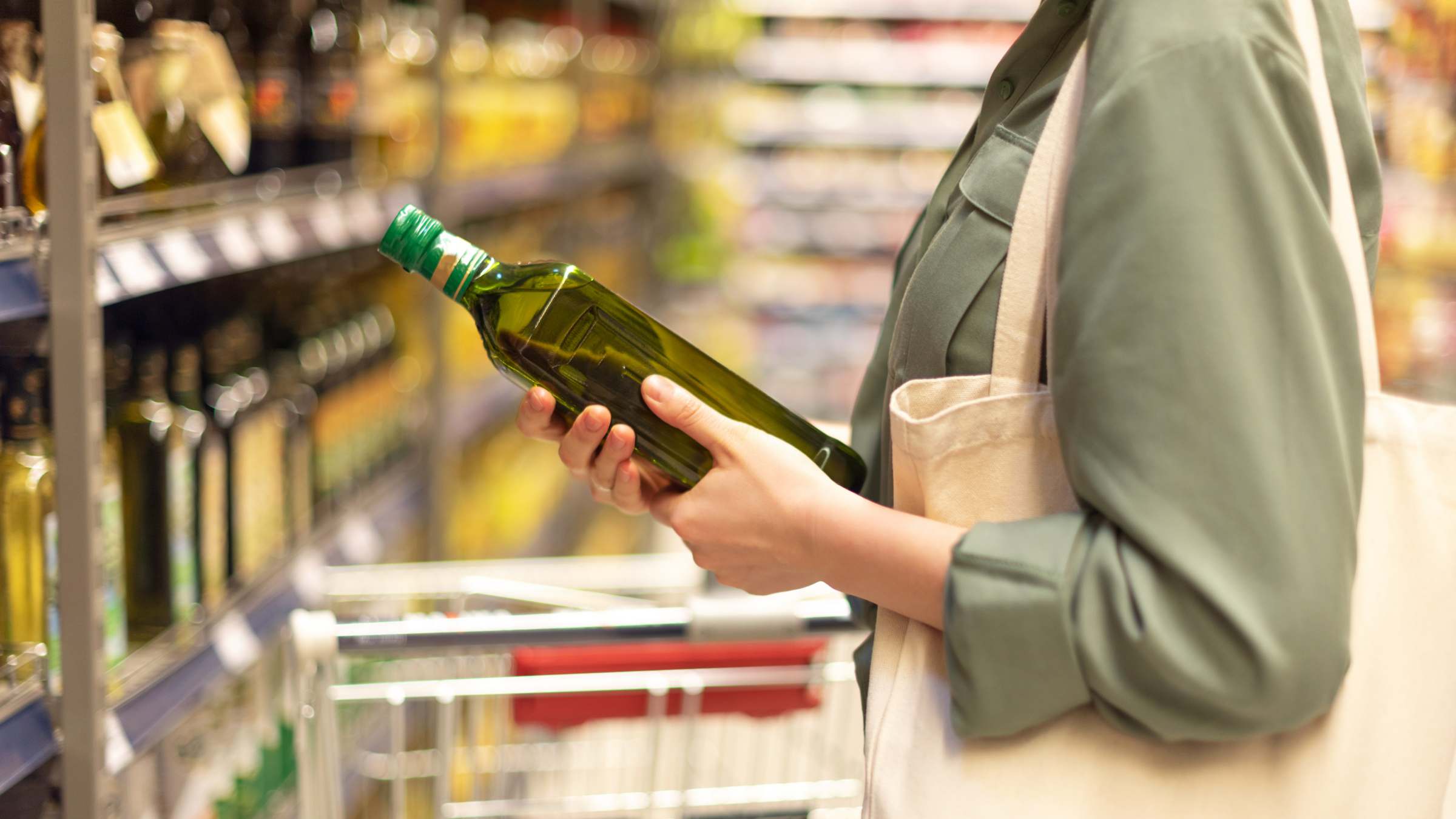 Both white wine vinegar and white vinegar are readily available in online stores, supermarkets, and grocery stores. But, when it comes to cost, white vinegar is cheaper because it is a common household item. So, it is a go-to choice as an alternative natural cleaner and cooking ingredient.
Both white wine vinegar and white vinegar are readily available in online stores, supermarkets, and grocery stores. But, when it comes to cost, white vinegar is cheaper because it is a common household item. So, it is a go-to choice as an alternative natural cleaner and cooking ingredient.
White wine vinegar is more expensive and has a higher manufacturing cost because it requires a more complex fermentation process. Moreover, it’s commonly sold in fewer varieties or bulk sizes, which makes it even more expensive.
Simplify your cleaning chores with Airtasker
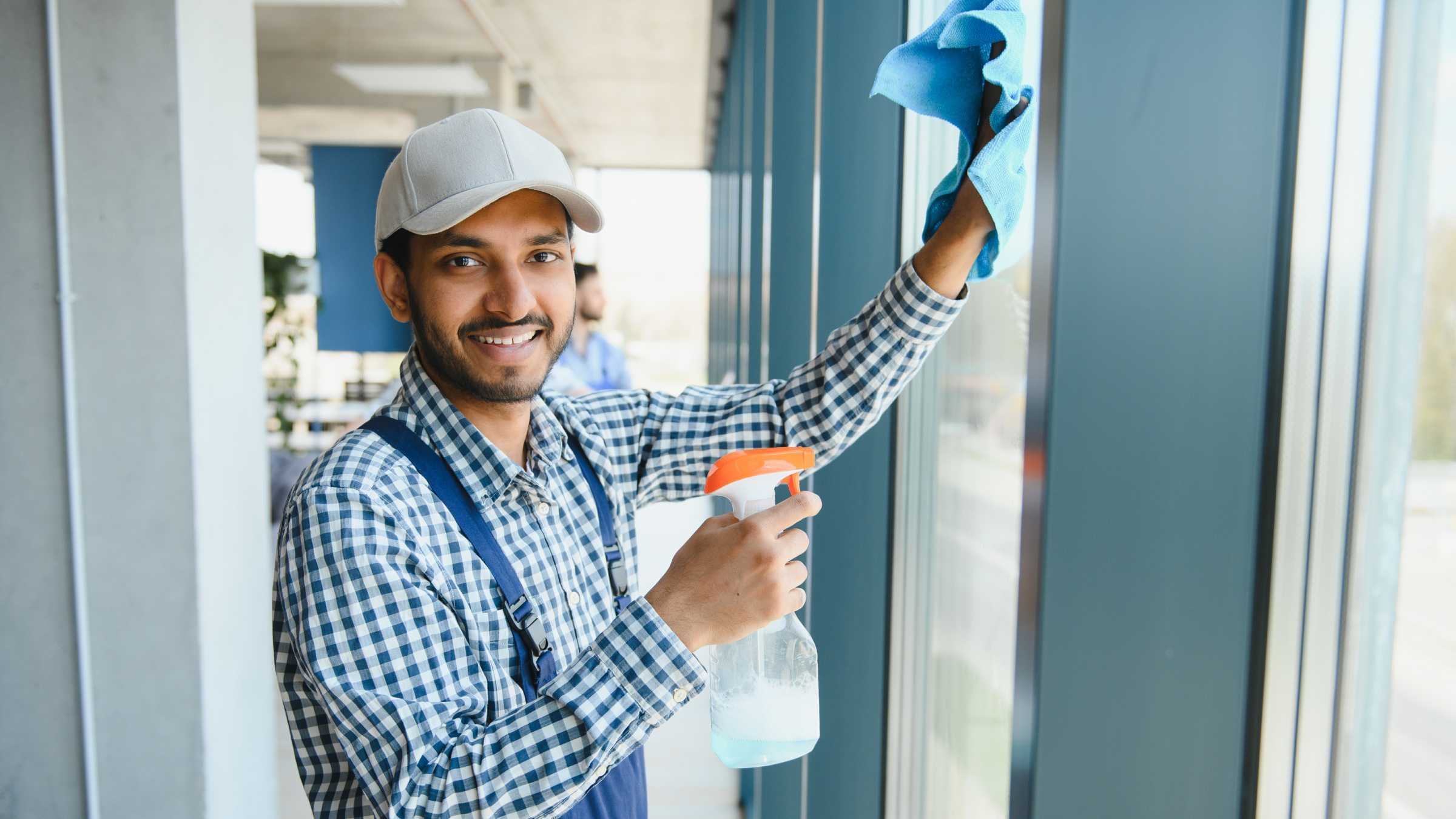
Cleaning is a never-ending task that every homeowner, unfortunately, must go through. Let the local cleaners at Airtasker do the tedious cleaning for you! Their expertise and experience allow them to use various vinegar and other natural products to keep your home fresh and clean.
White Vinegar vs White Wine Vinegar
| White Vinegar |
White Wine Vinegar |
|
| Acetic Acid Level |
Higher acetic acid levels of up to 10%; can kill bacteria, mould, and germs |
Lower acetic acid level ranging from 5 - 7%; ideal for wiping and deodorising surfaces |
| Scent |
Sharp and overpowering sour smell, leaving an acidic residue |
Mildly acidic and fruity, ideal for neutralising odours |
| Appearance |
Clear and transparent, almost like water |
Cloudy with a slight yellow hue, more opaque |
| Stain Removal Ability |
More effective in removing tough stains and mould | Less effective in removing stubborn stains due to lower acid content |
| Surface Compatibility |
Ideal for bathroom surfaces; can dissolve gunk and grime |
Suitable for surfaces in contact with food |
| Availability and Cost |
Cheaper and readily available as a common household item |
More expensive due to complex fermentation process |
FAQs on white wine vinegar vs white vinegar
Distilled white vinegar is the best for cleaning. It’s an effective natural cleaner with 95% water and 5% acetic acid that can remove dirt, grime, and grease without damaging surfaces. Other kinds of vinegar, like distilled malt vinegar, apple cider vinegar, and white wine vinegar, are either too strong or mild as a cleaner.
Yes, you may use white wine vinegar as a substitute for white vinegar, but only when cleaning delicate surfaces and removing light stains. Remember that white wine vinegar has a lower acidity level, making it less effective in removing stubborn dirt and grime.
No, white wine vinegar is not the same as distilled white vinegar for cleaning. Although the acetic acid level of white vinegar decreases after the distillation process, distilled white vinegar is still stronger than white wine vinegar. So, distilled white vinegar is more suitable for heavy-duty cleaning.
Find cleaners, fast
Post a task
Related articles

How to clean Venetian blinds
Read more

How to best clean a washing machine
Read more

How to clean leather couch at home
Read more

How to get a cleaning certification
Read more
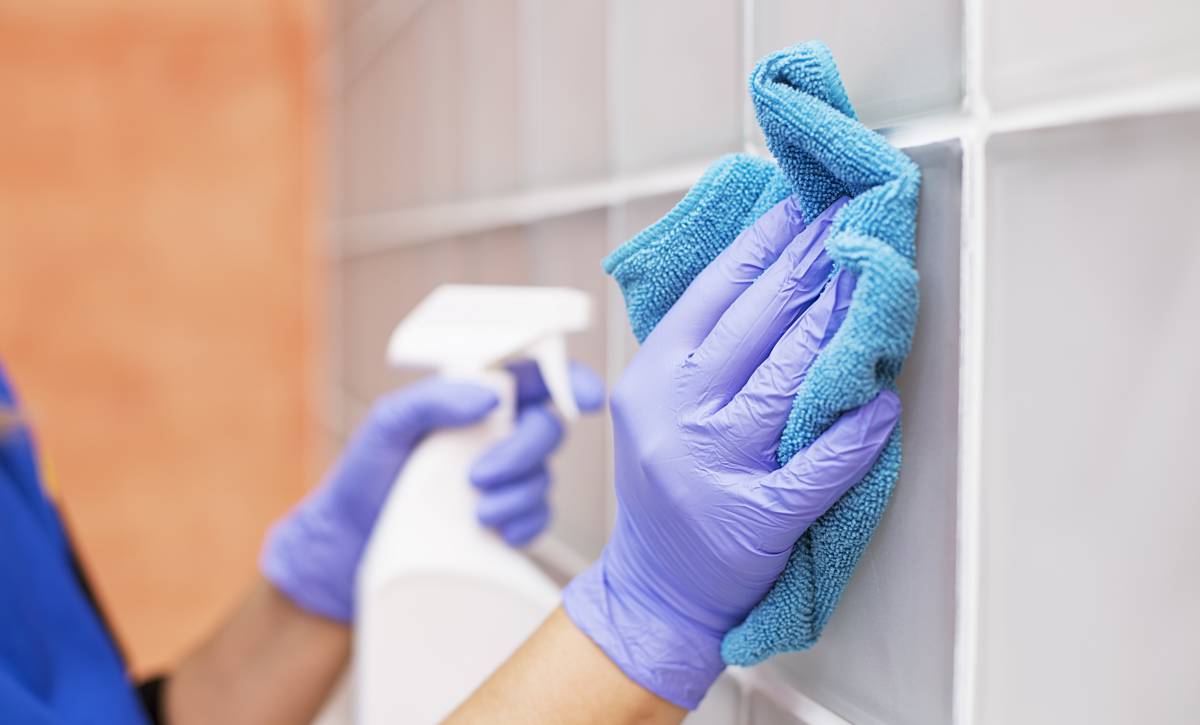
How to get more cleaning jobs
Read more

How to price cleaning jobs
Read more

How to become a housekeeper
Read more

How to clean a duster
Read more
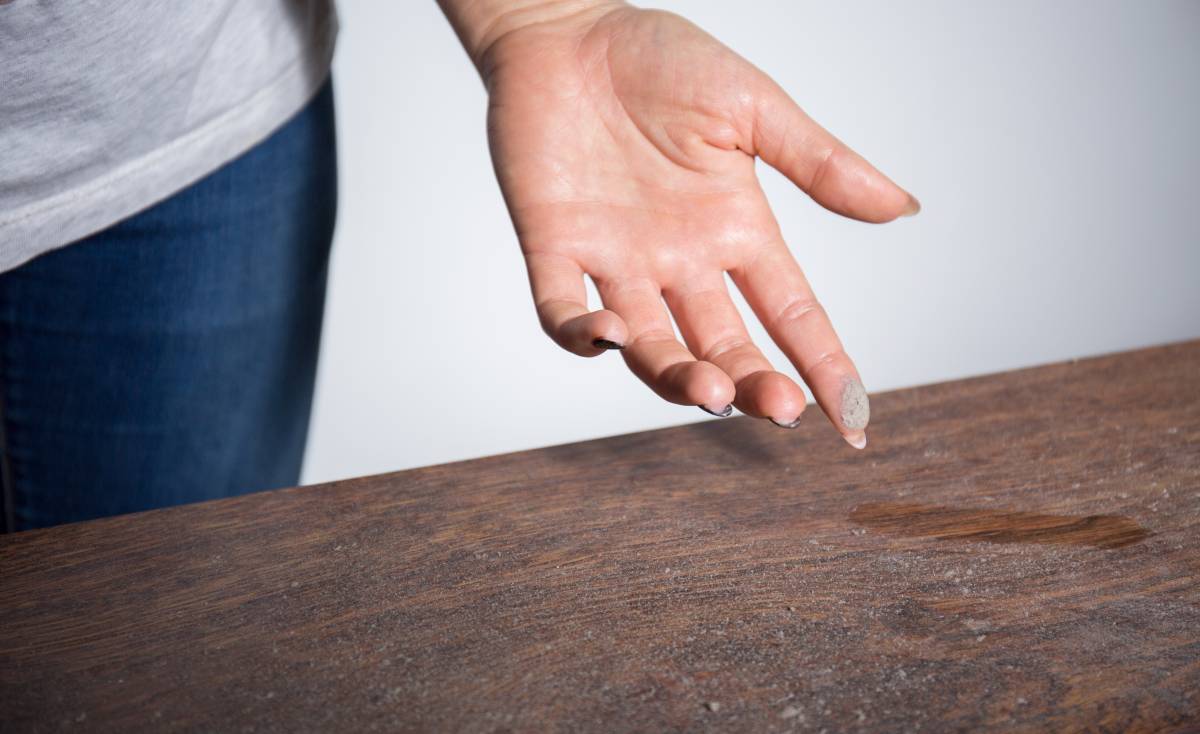
How to get rid of dust in your home
Read more
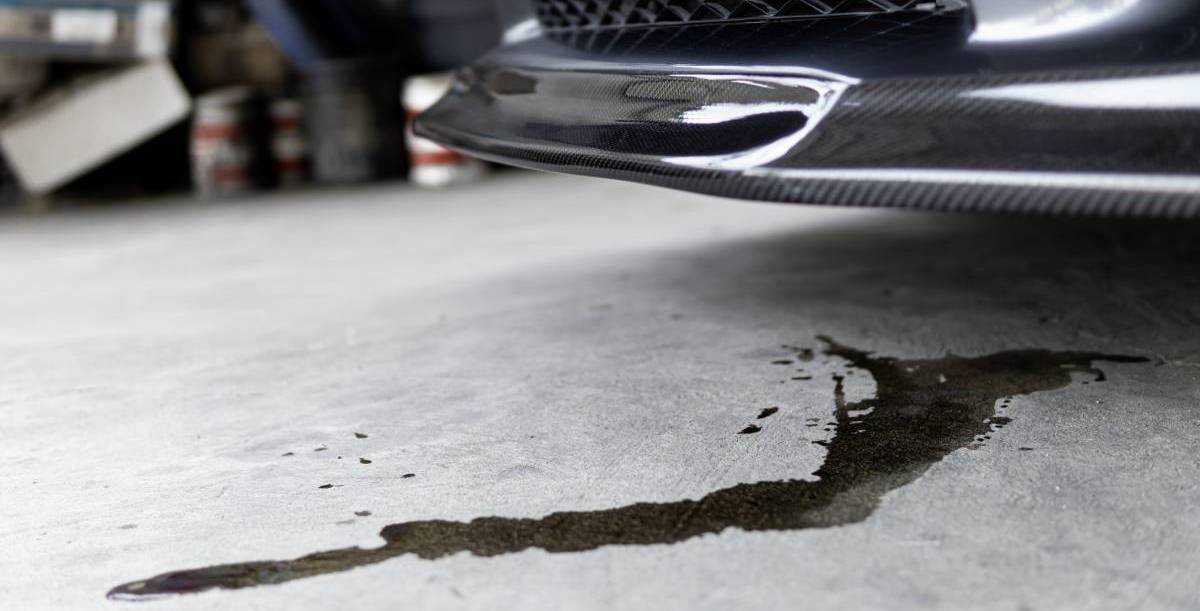
How to clean a garage floor
Read more

End of tenancy cleaning checklist
Read more

The ultimate spring cleaning checklist
Read more
Related price guides

How much does tile cleaning cost?
Read more
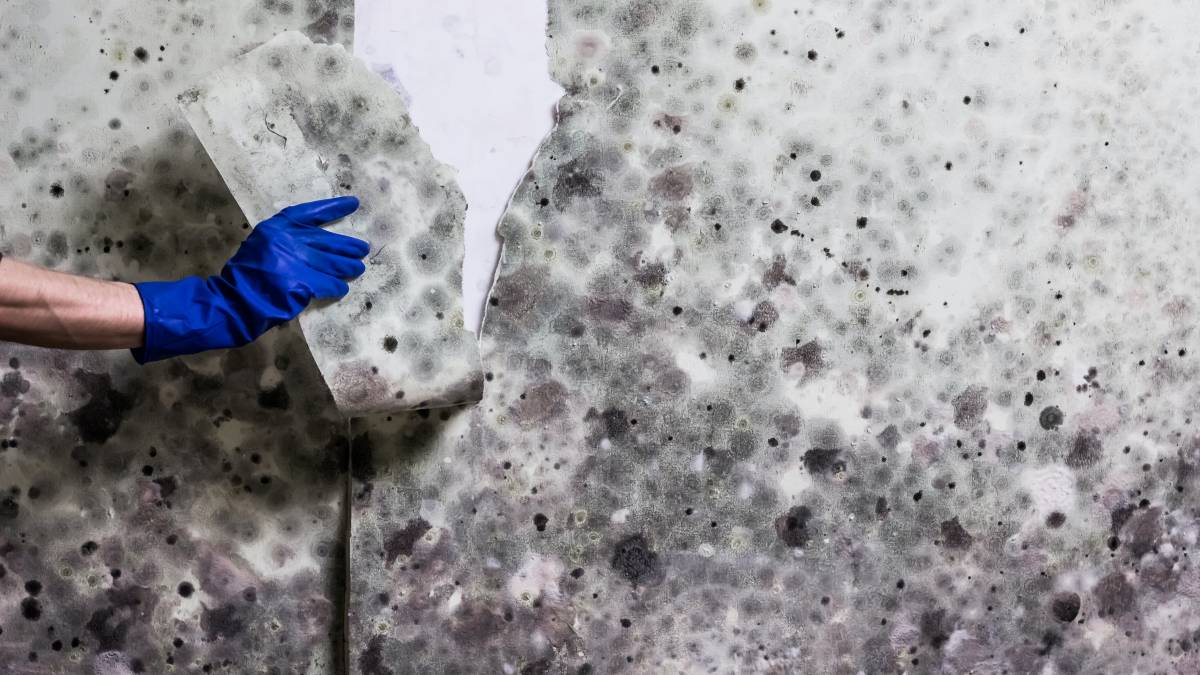
How much does mould removal cost?
Read more
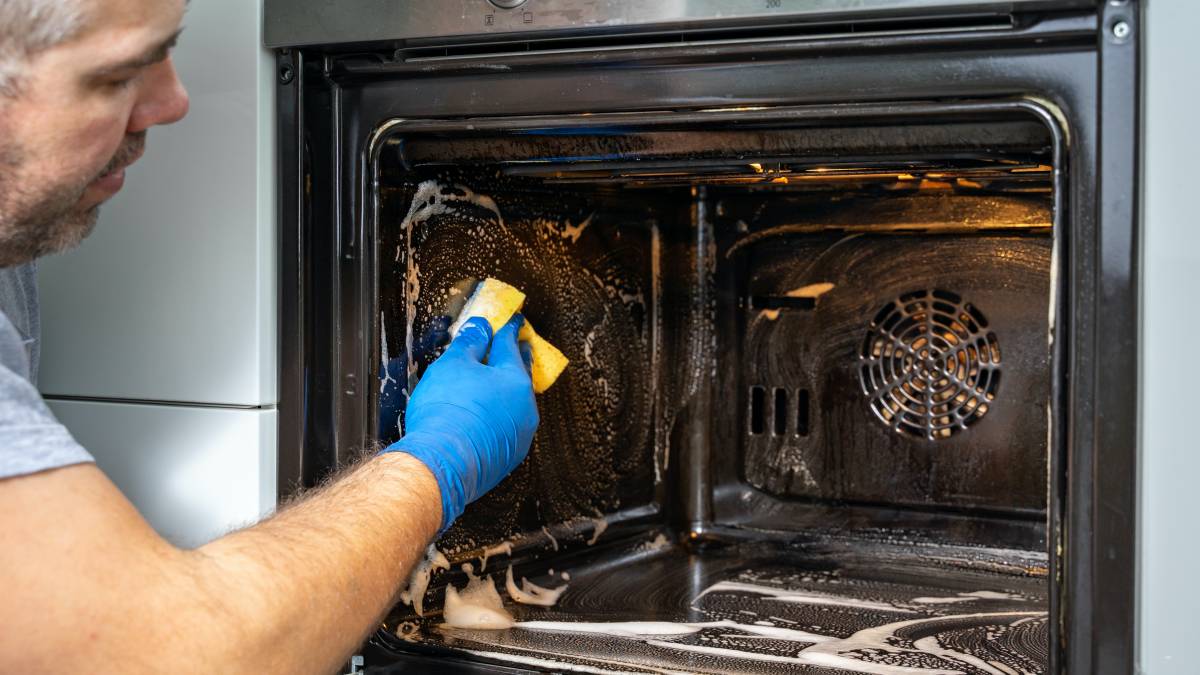
How much does oven cleaning cost?
Read more

How much does a cleaner cost?
Read more

How much does attic cleaning cost?
Read more
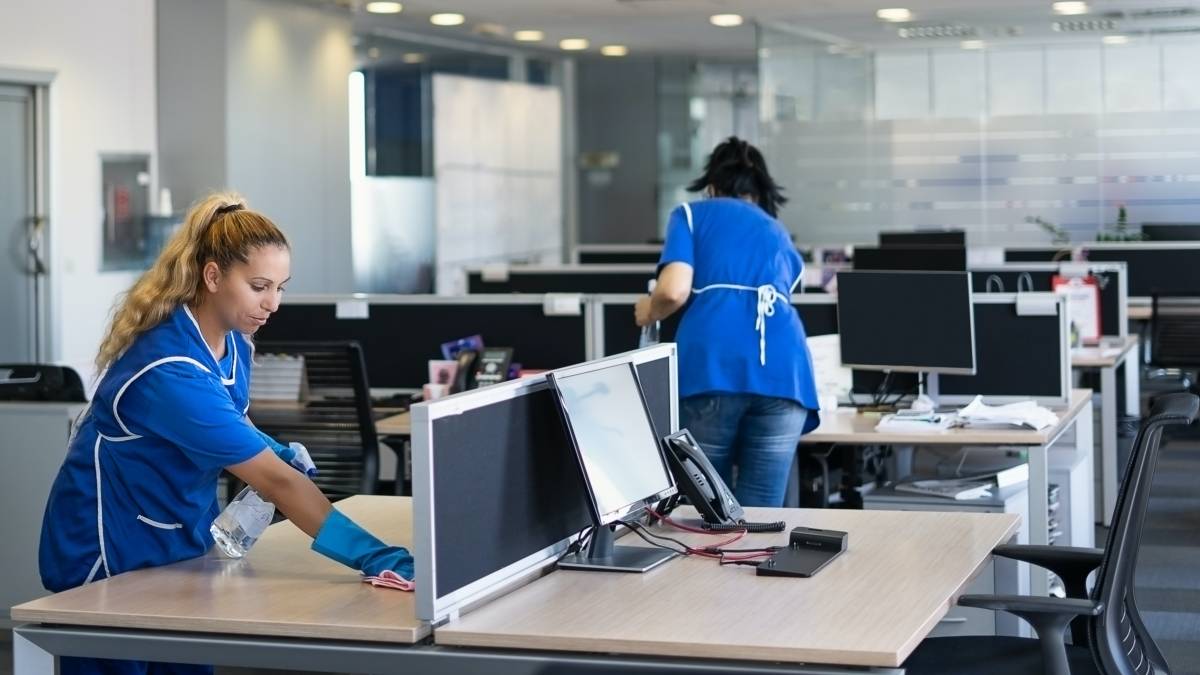
How much does office cleaning cost?
Read more
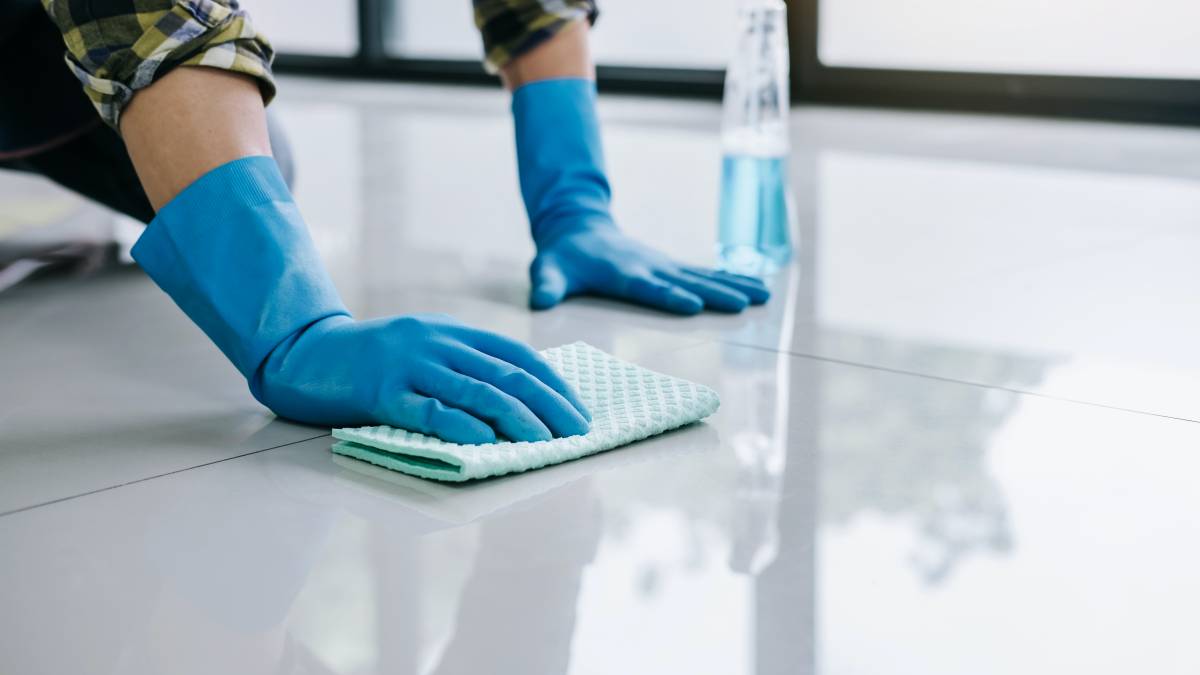
How much does floor cleaning cost?
Read more
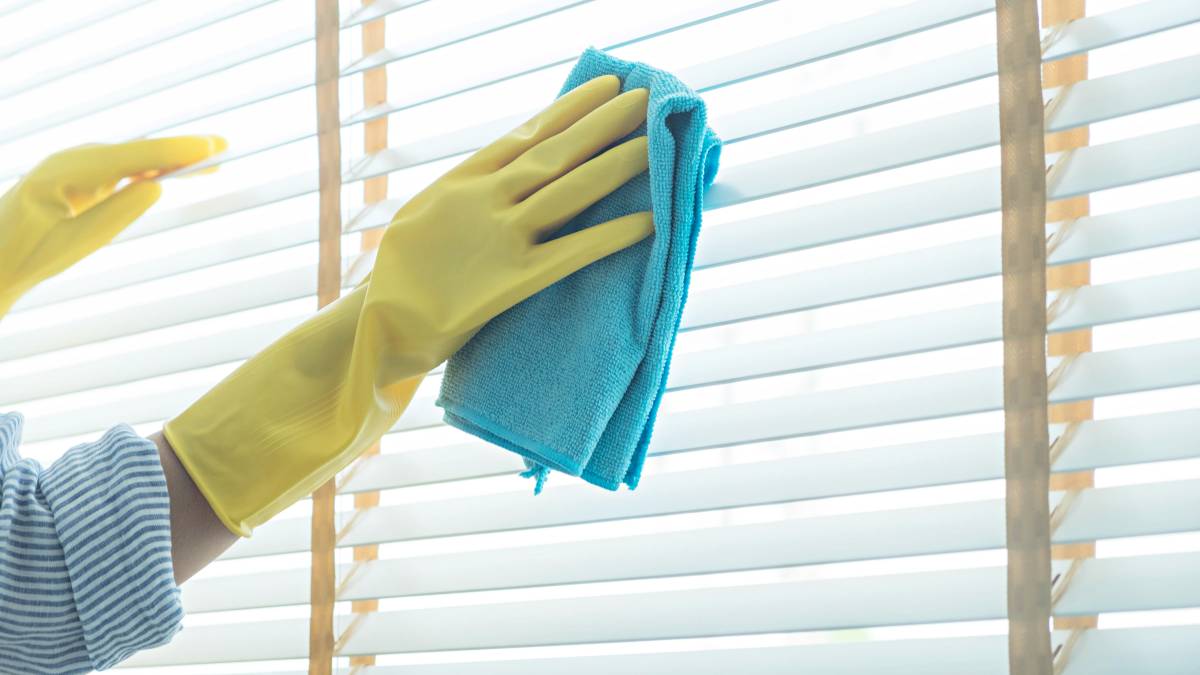
How much does blind cleaning cost?
Read more

How much does pressure washing cost?
Read more
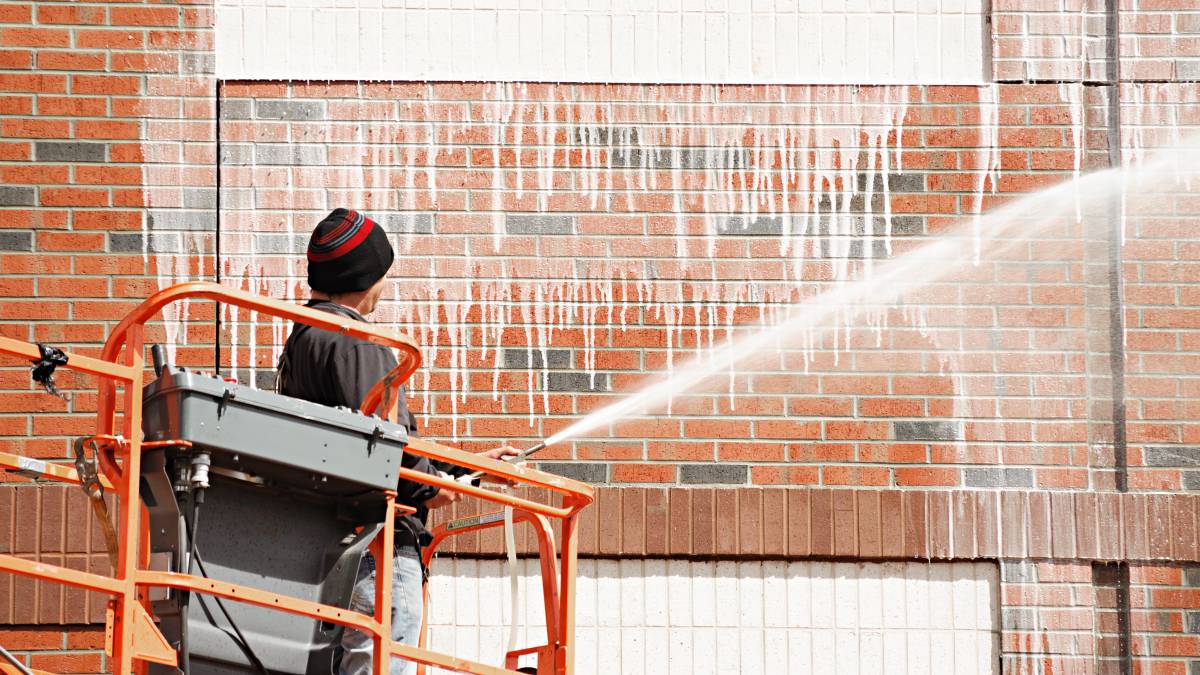
How much does brick cleaning cost?
Read more

How much does sofa cleaning cost?
Read more

How much does patio cleaning cost?
Read more




